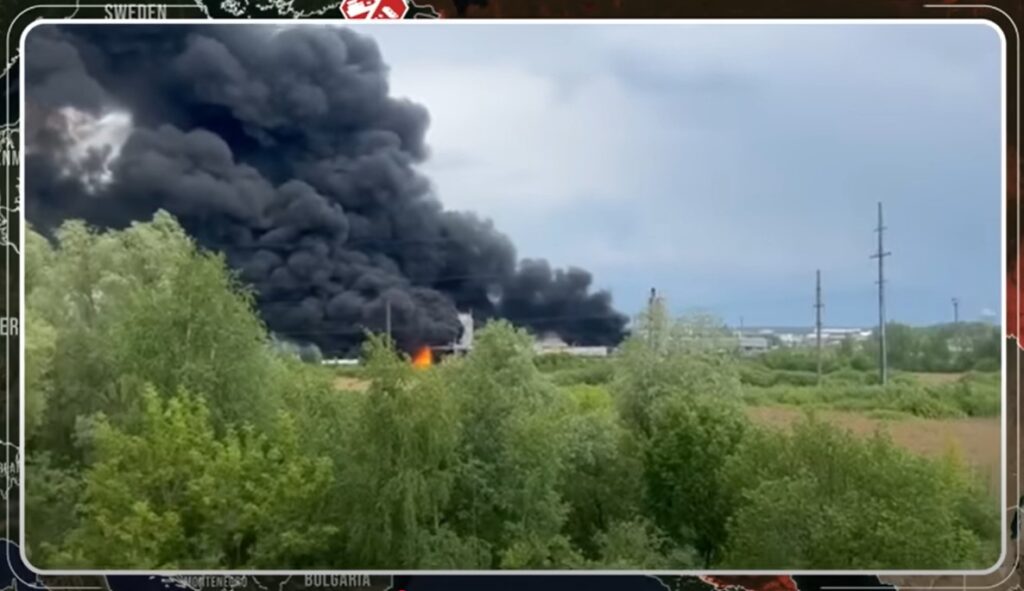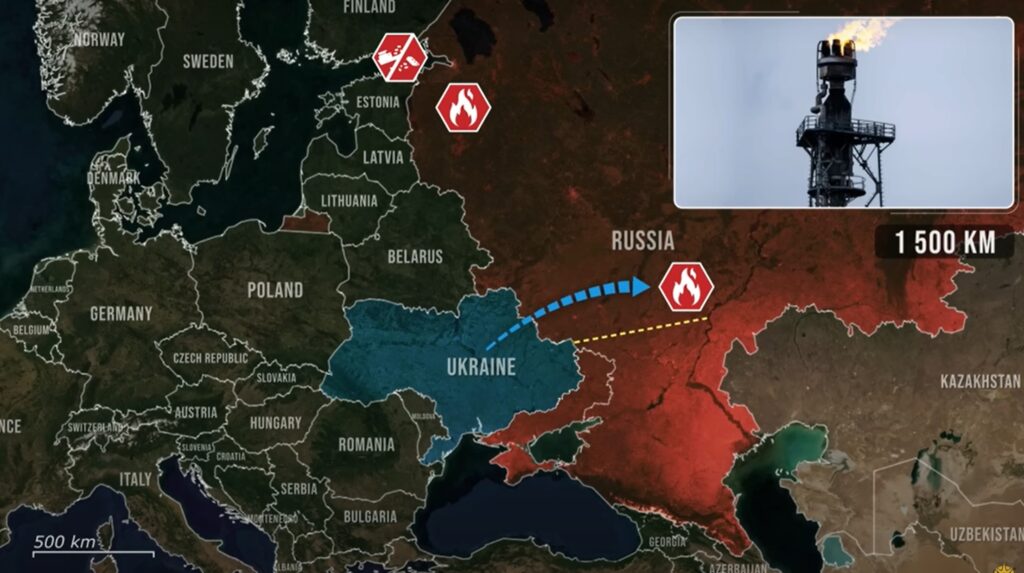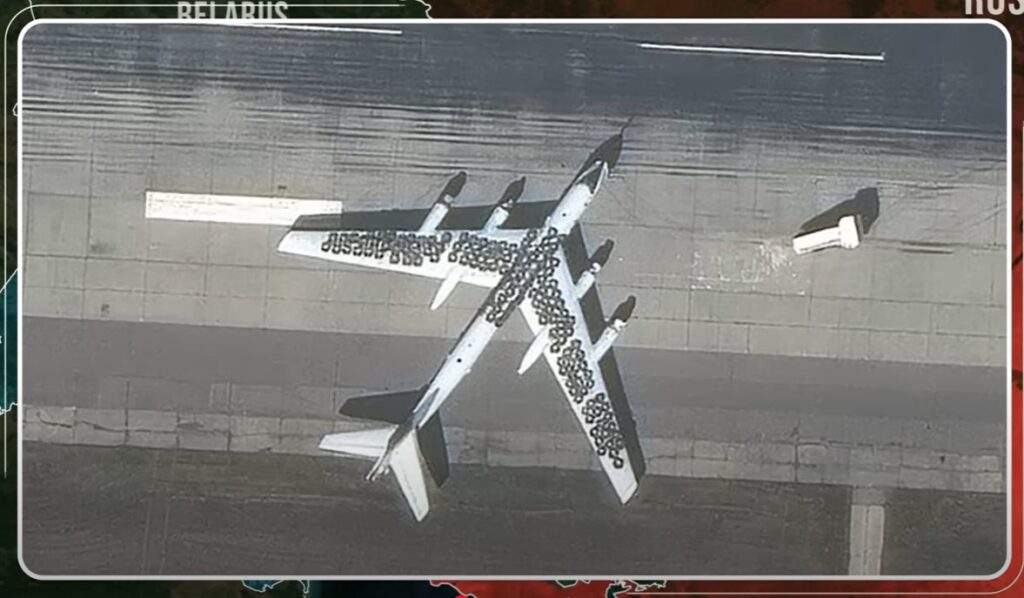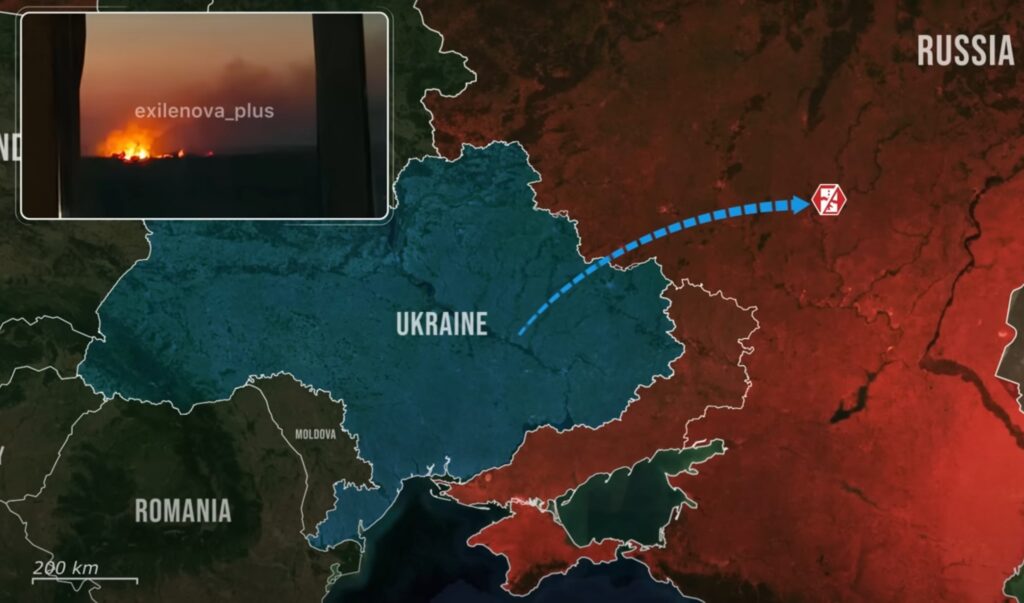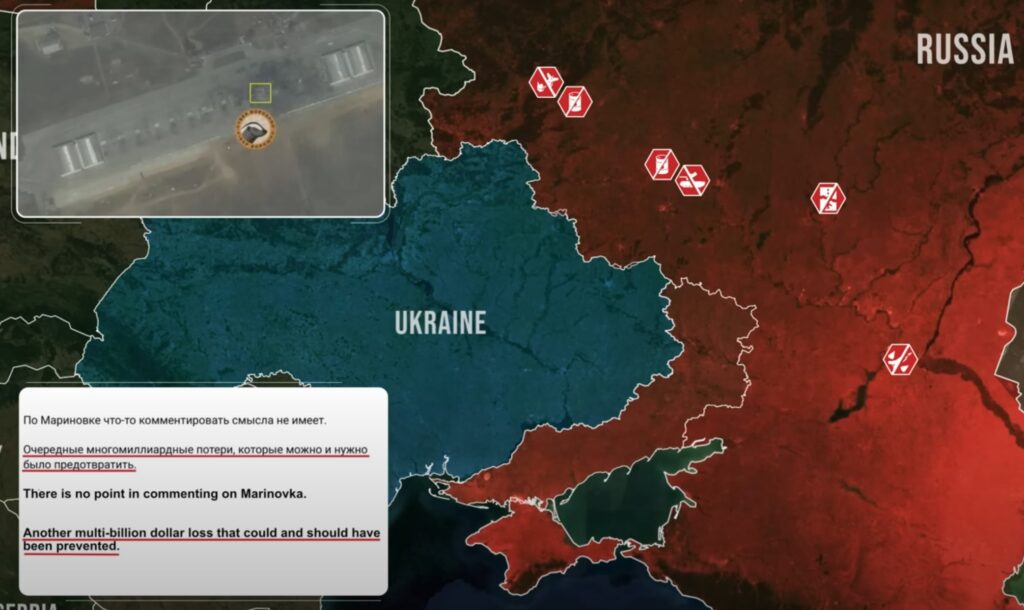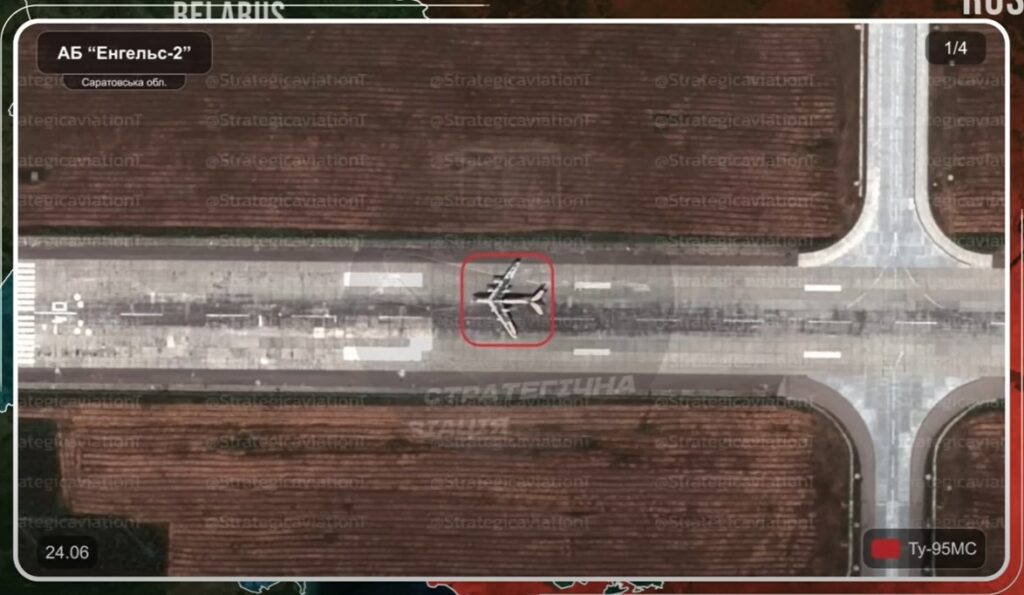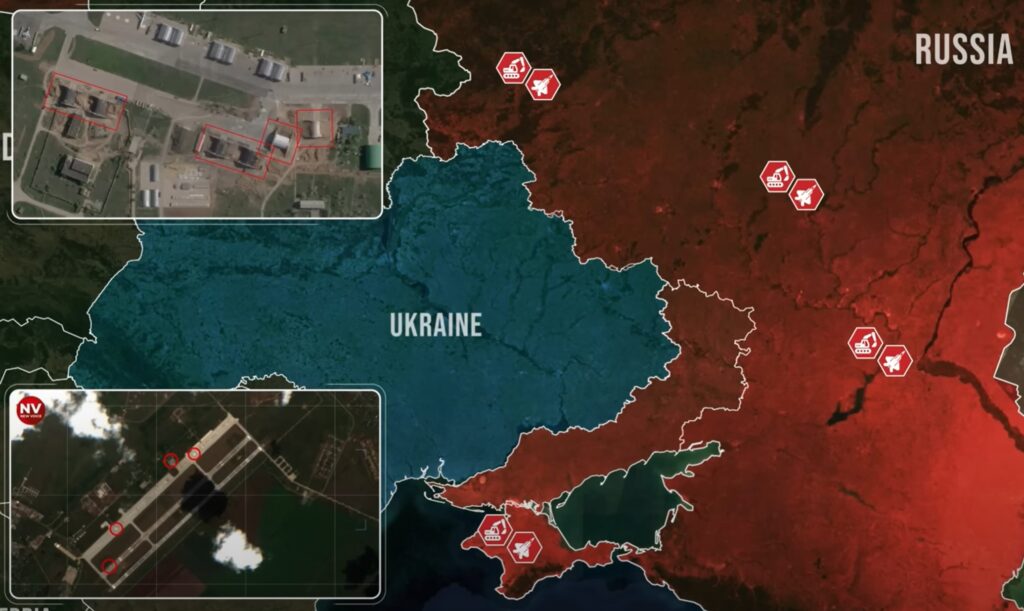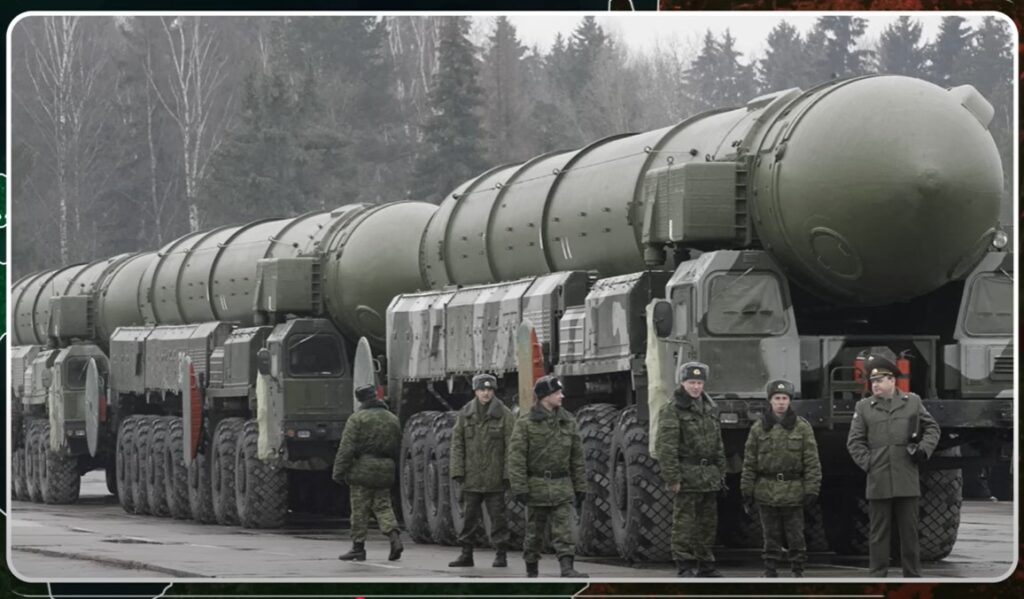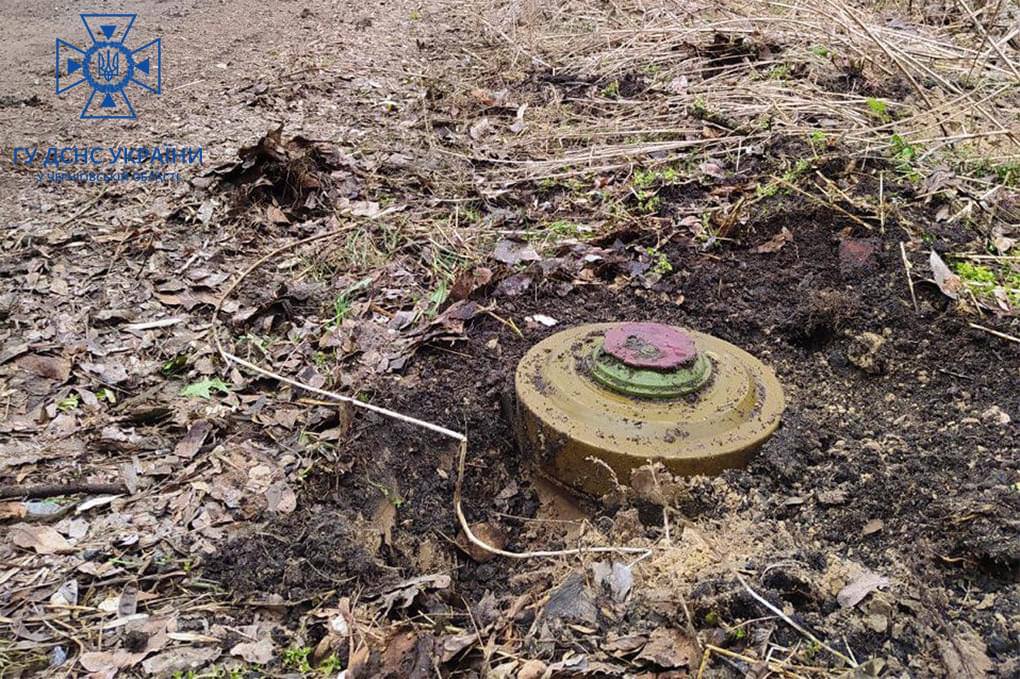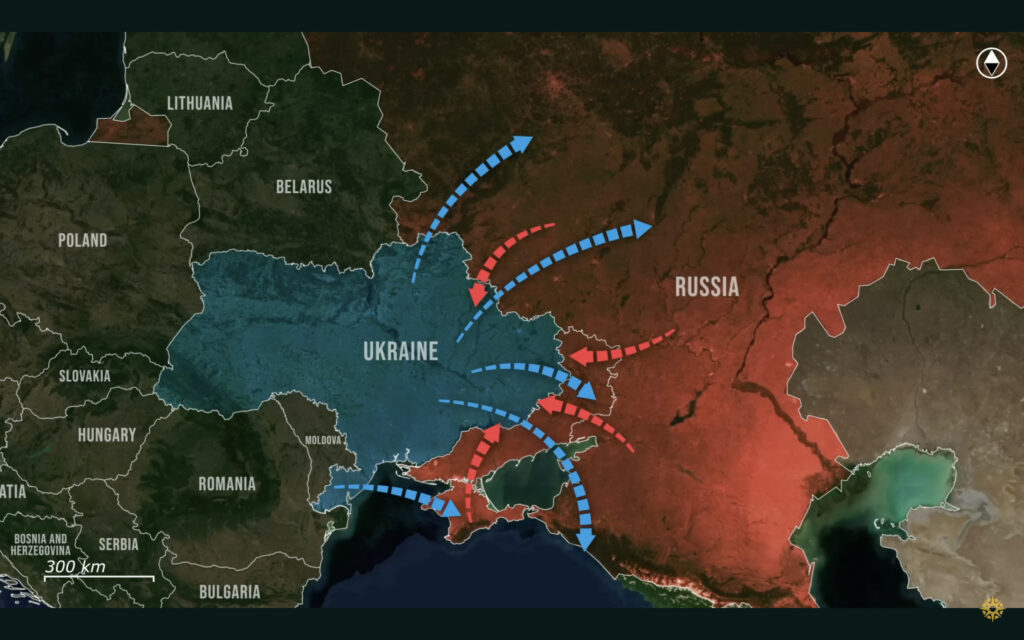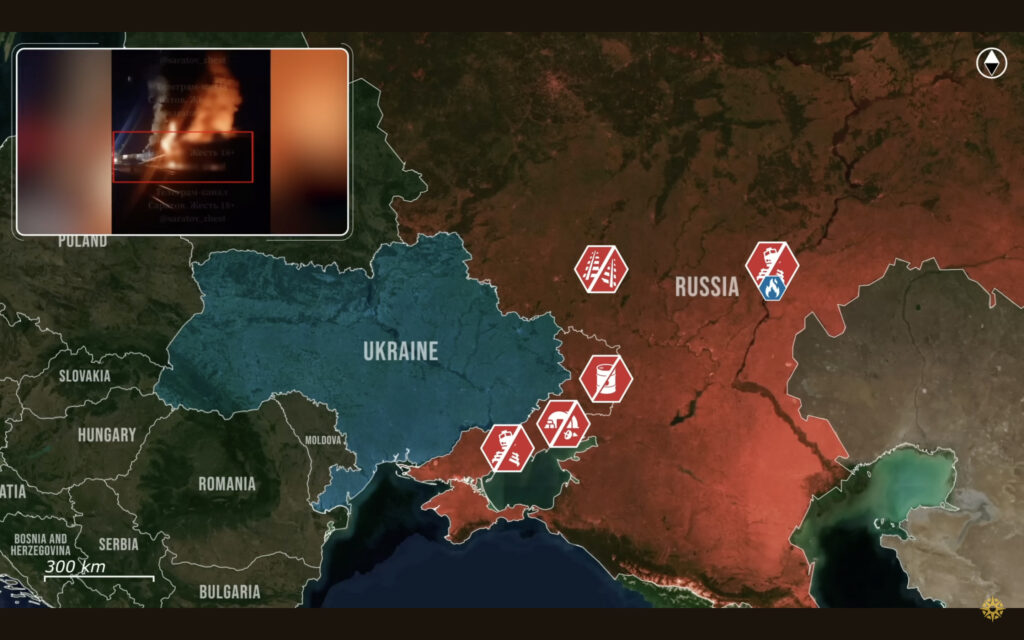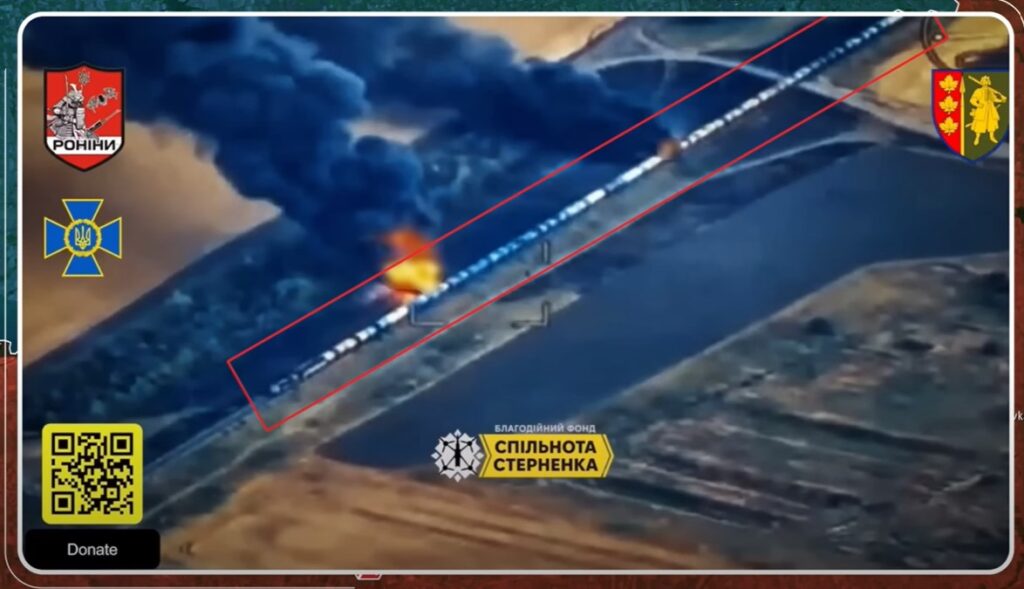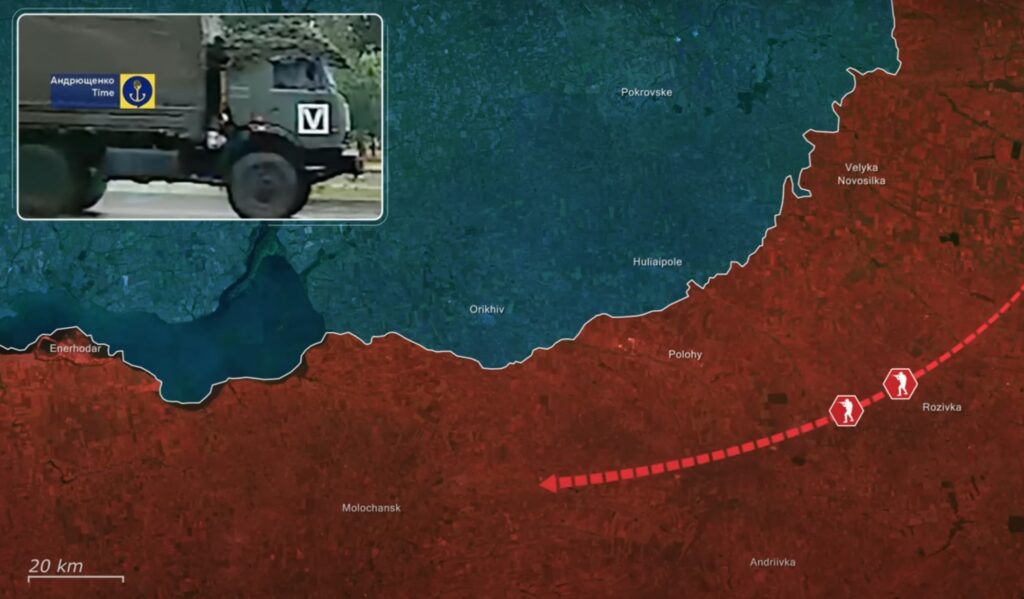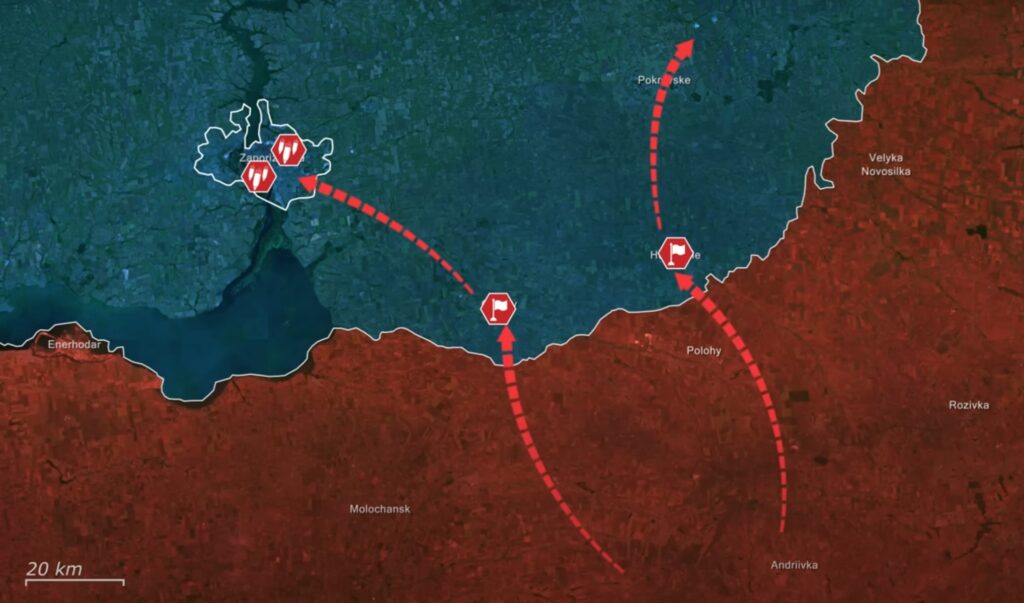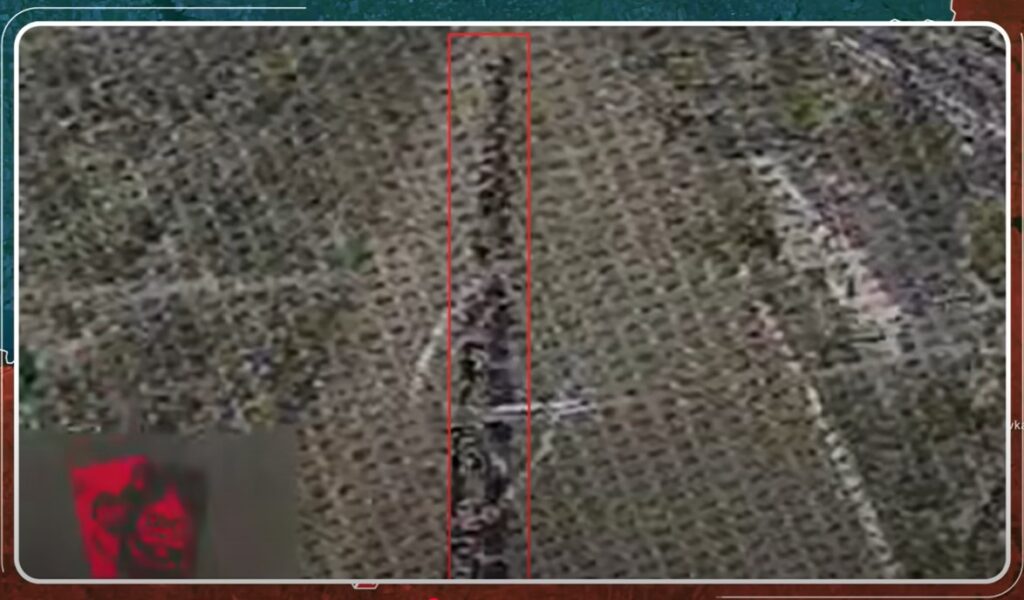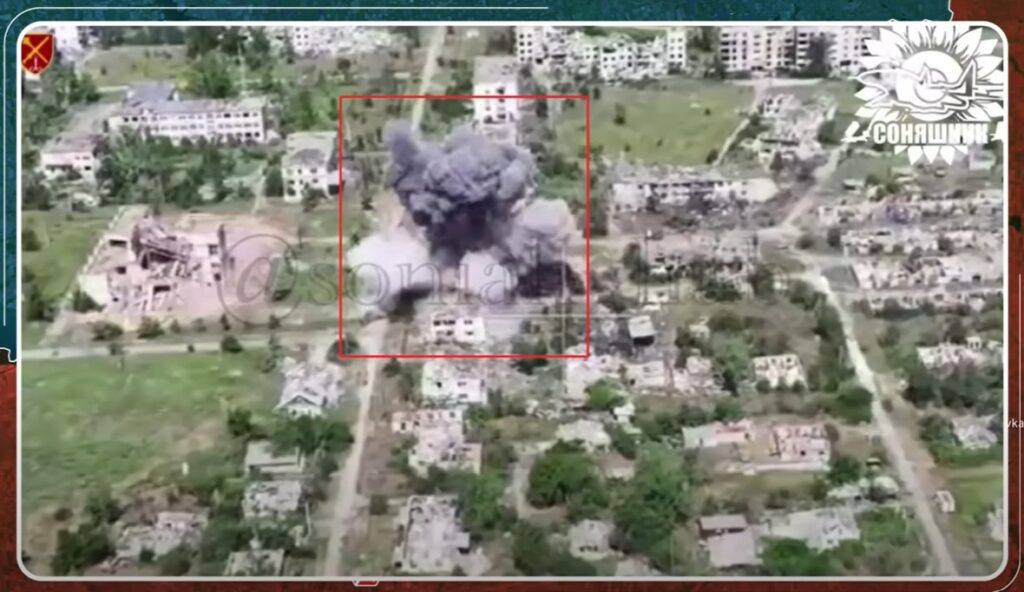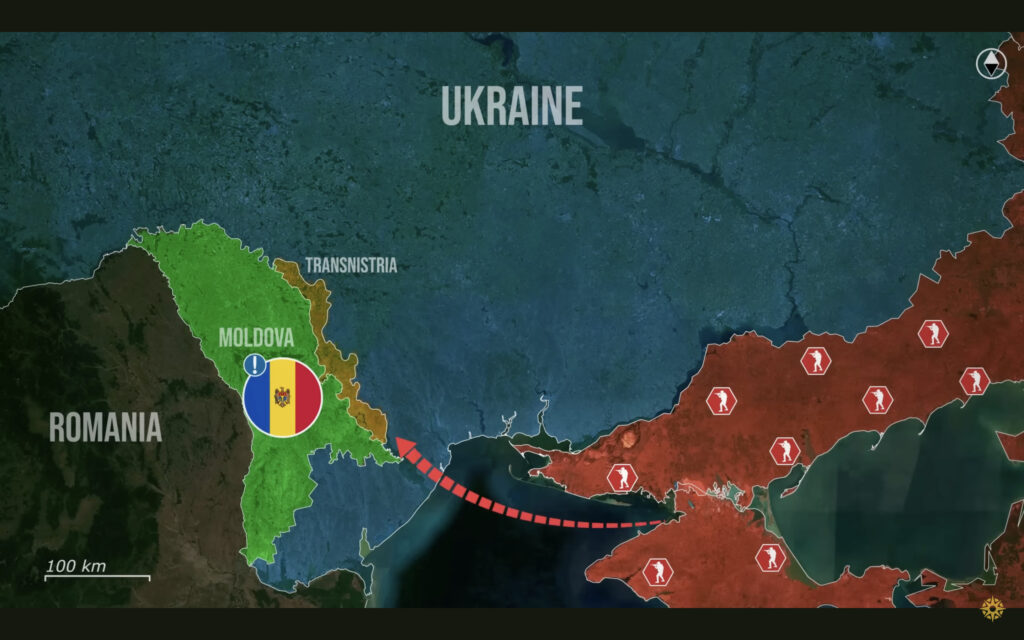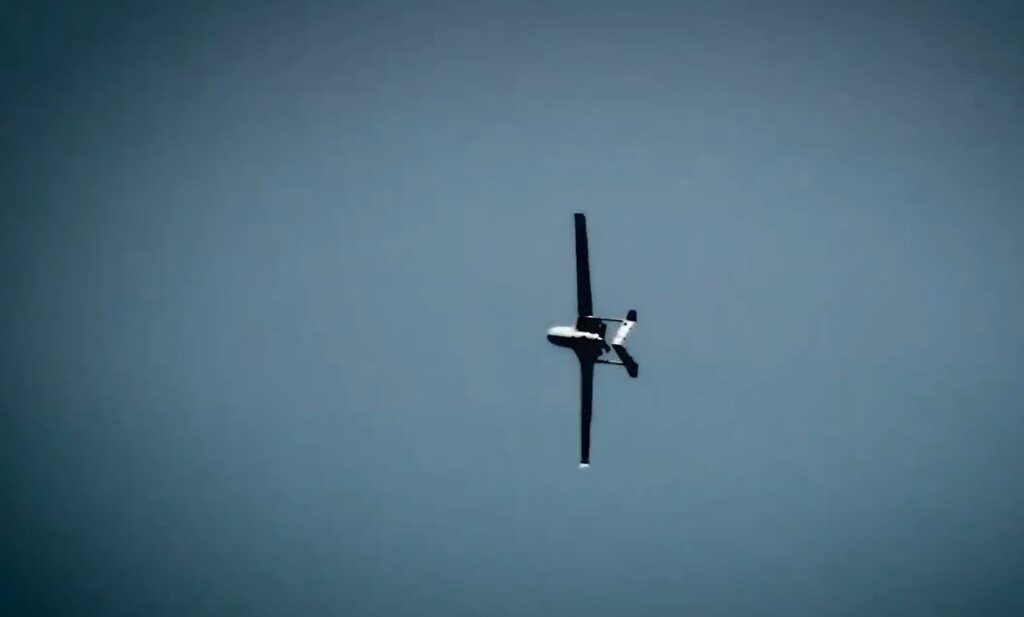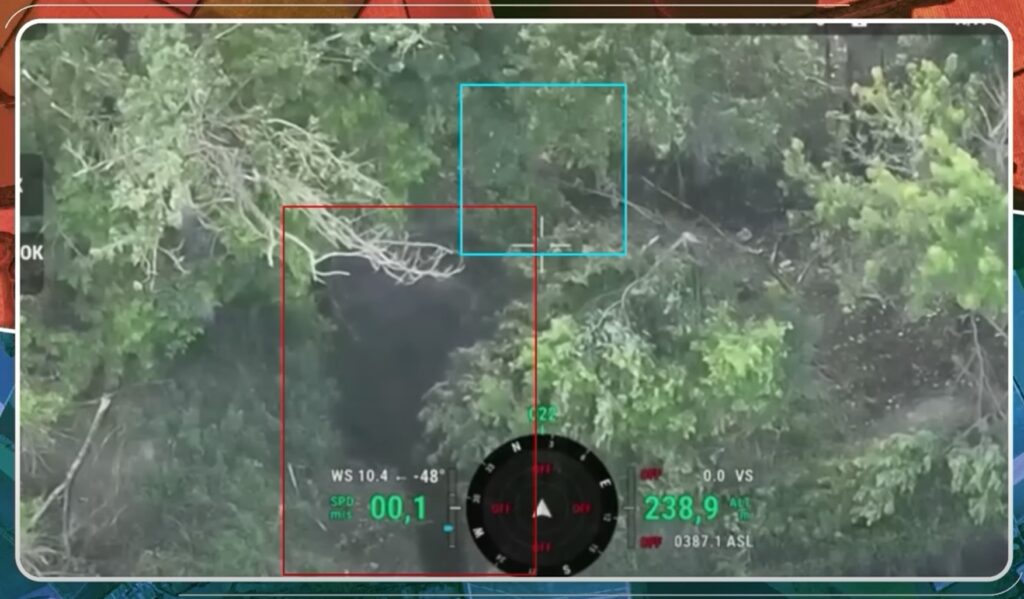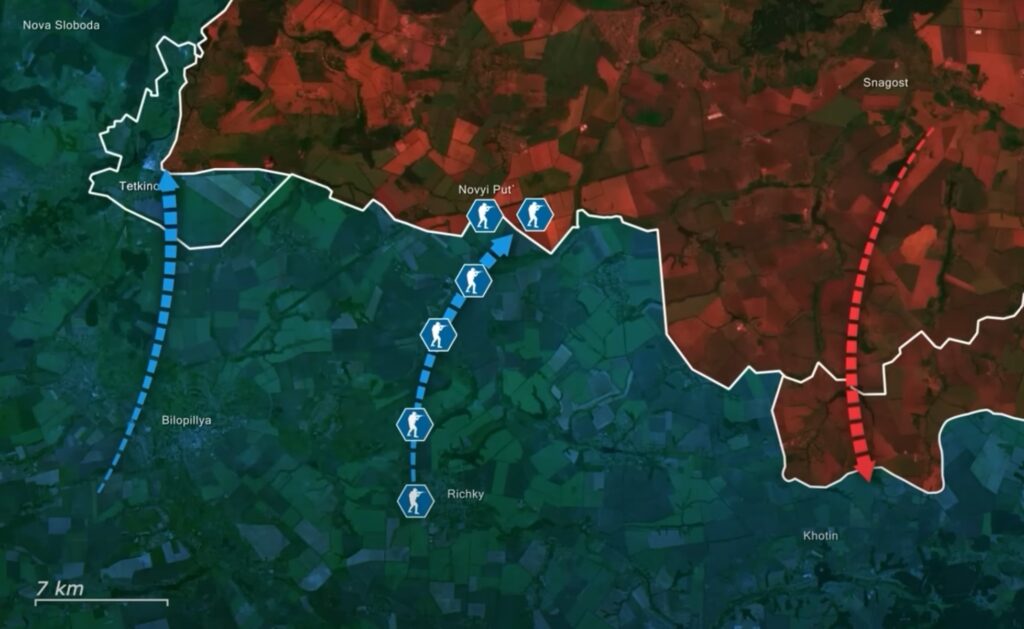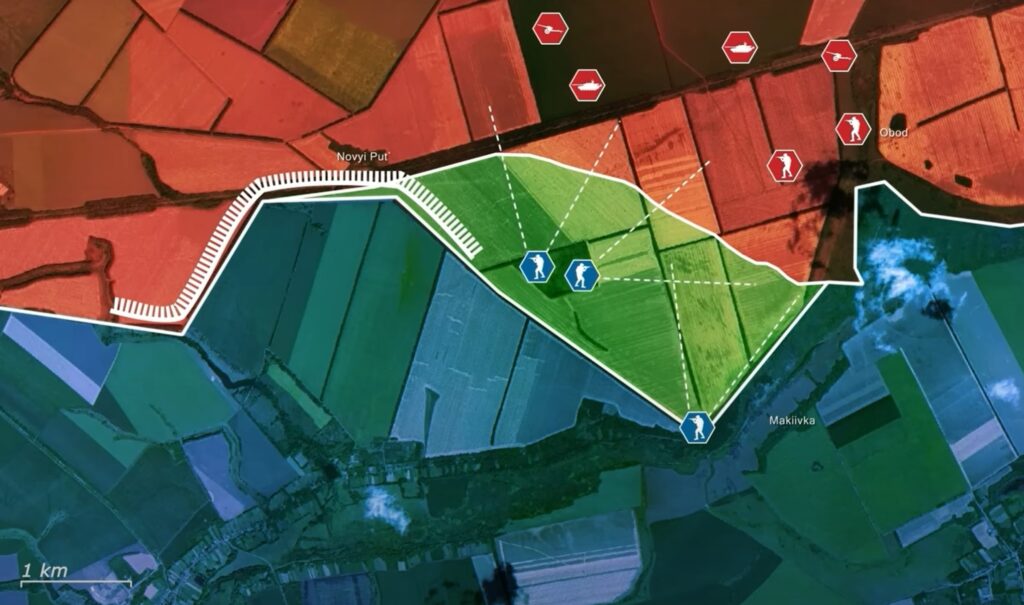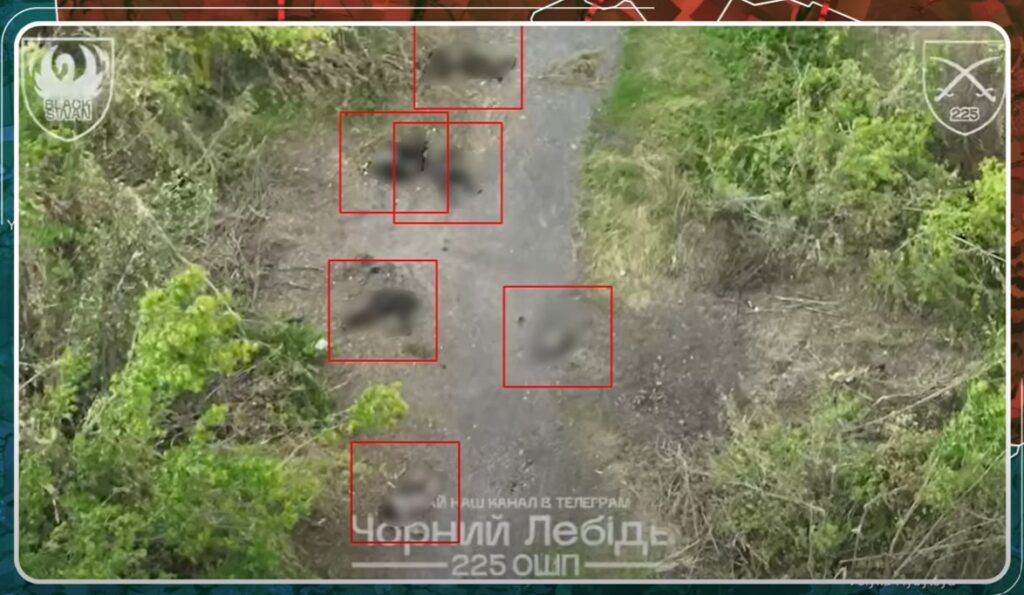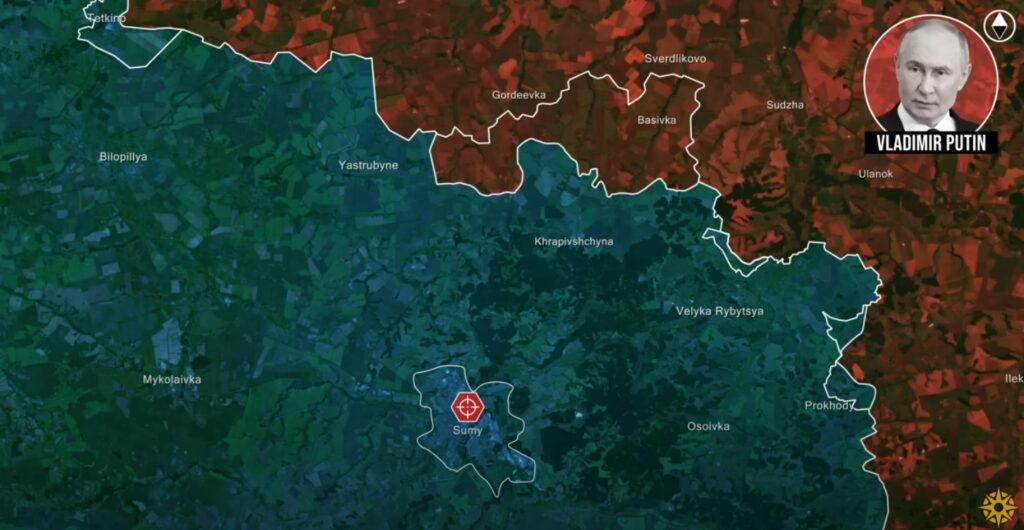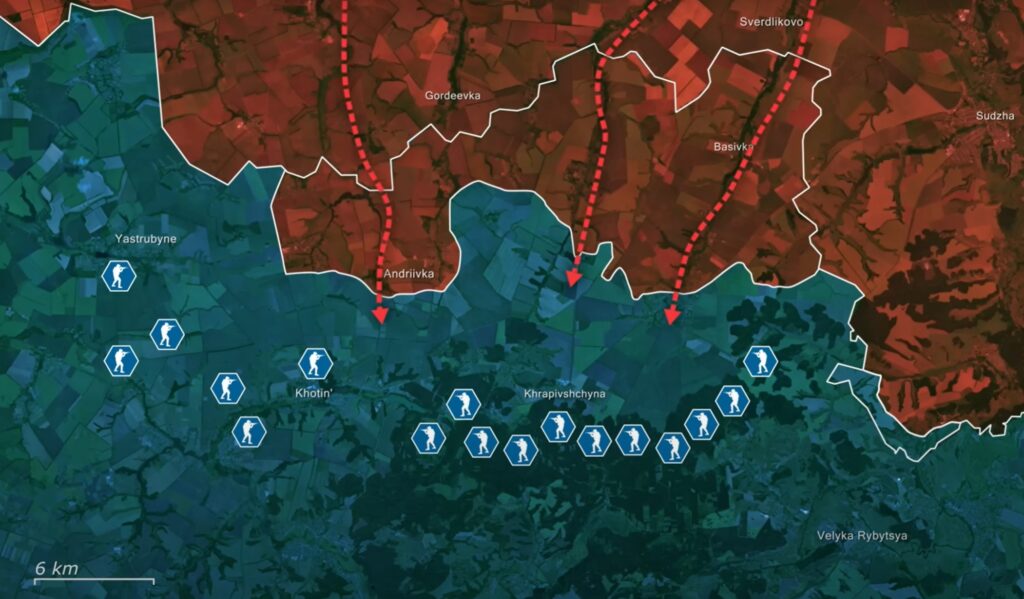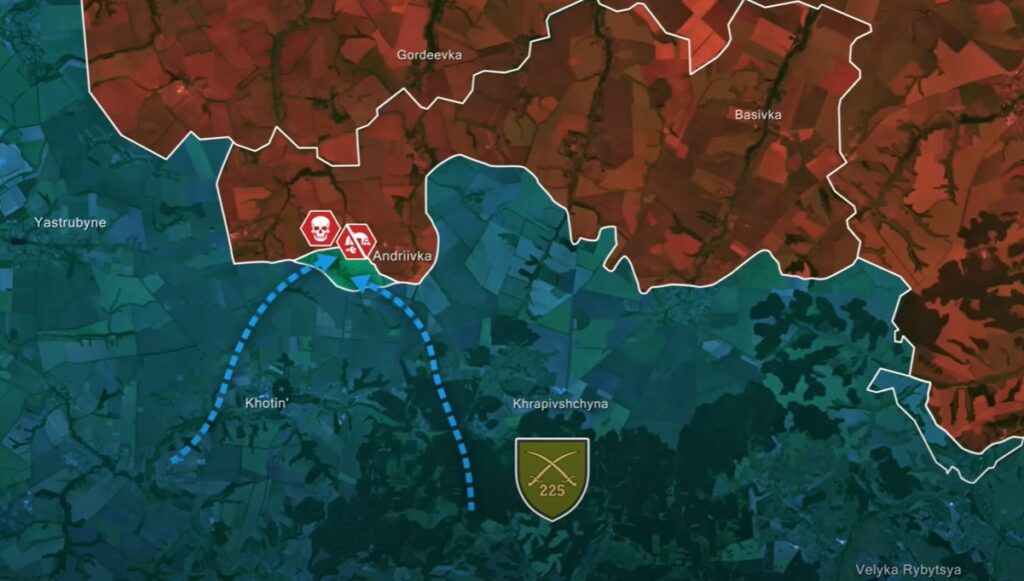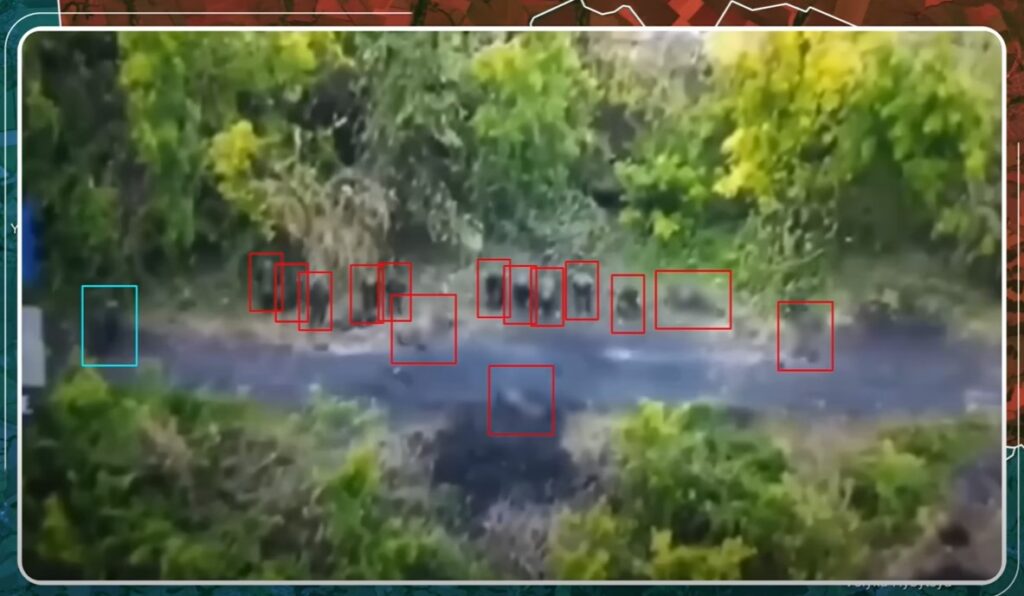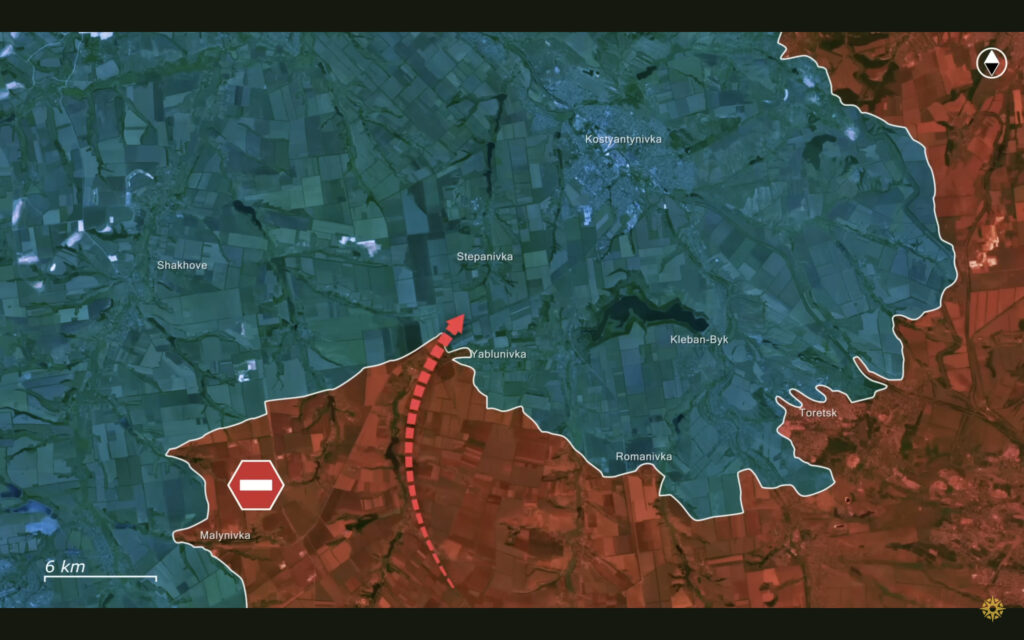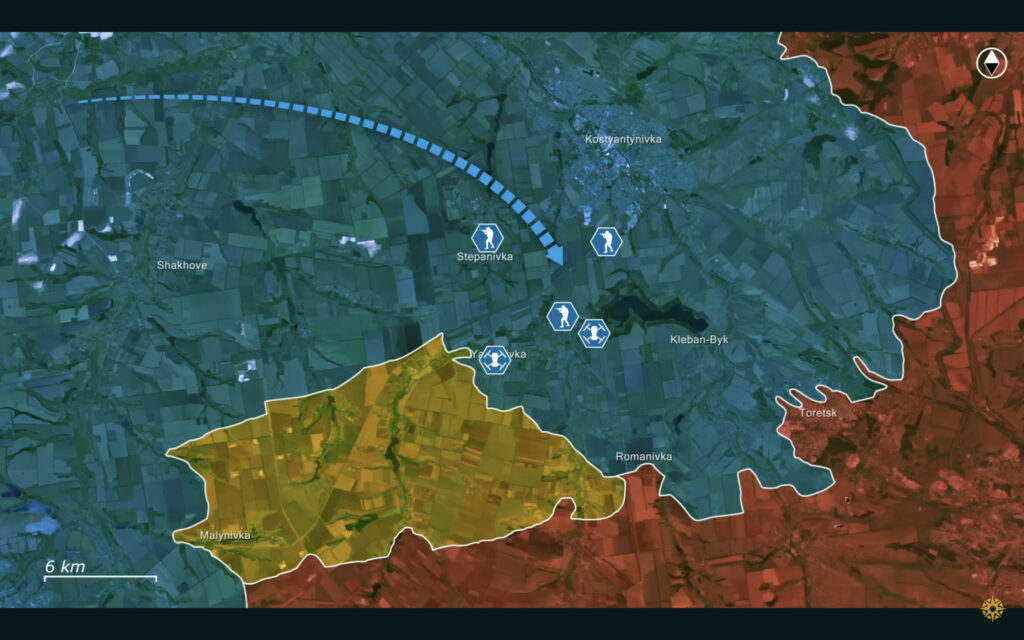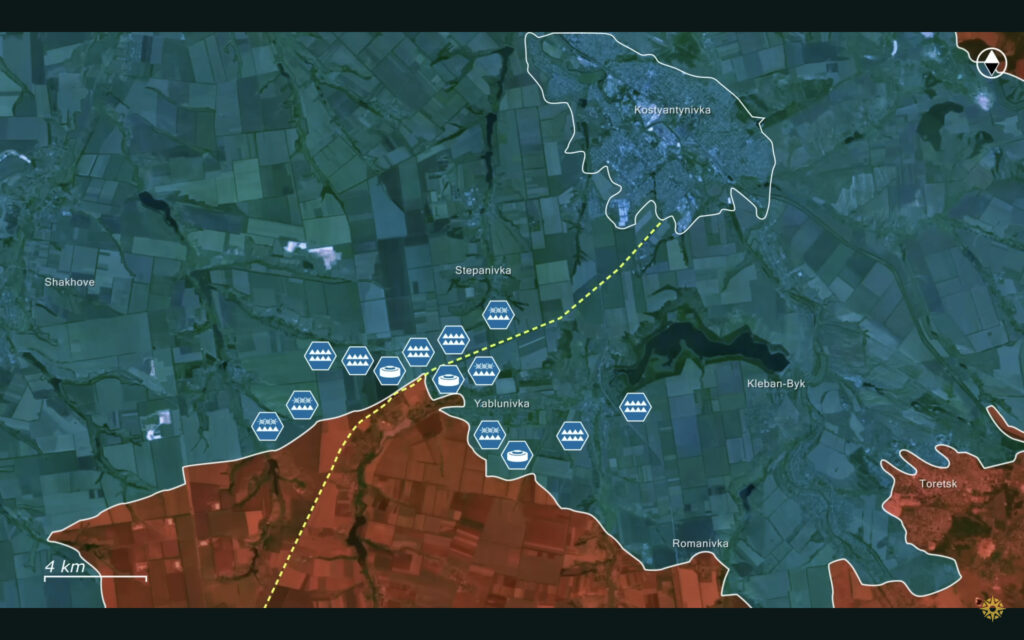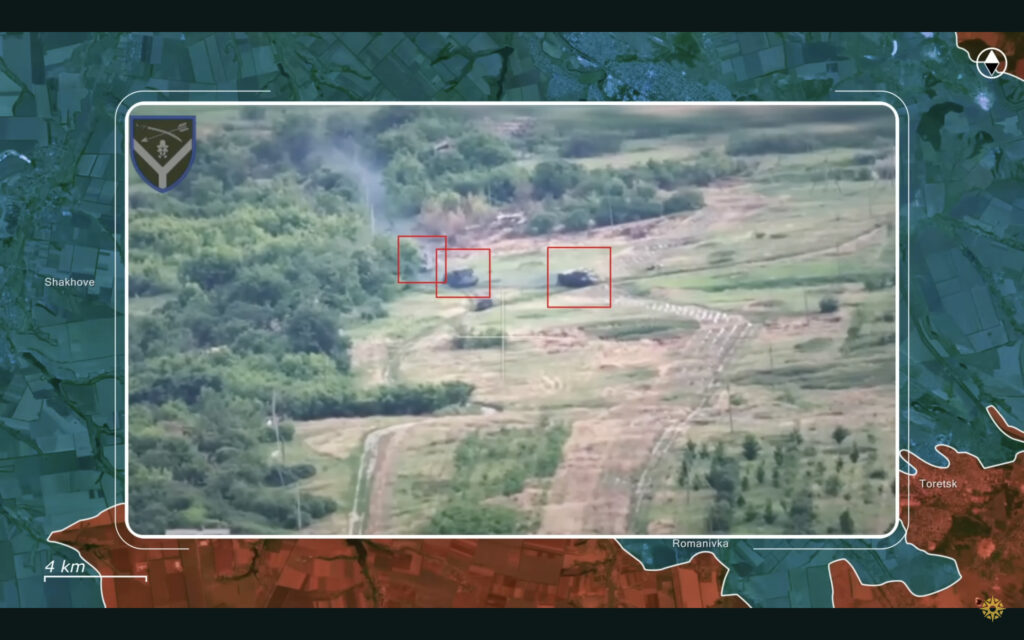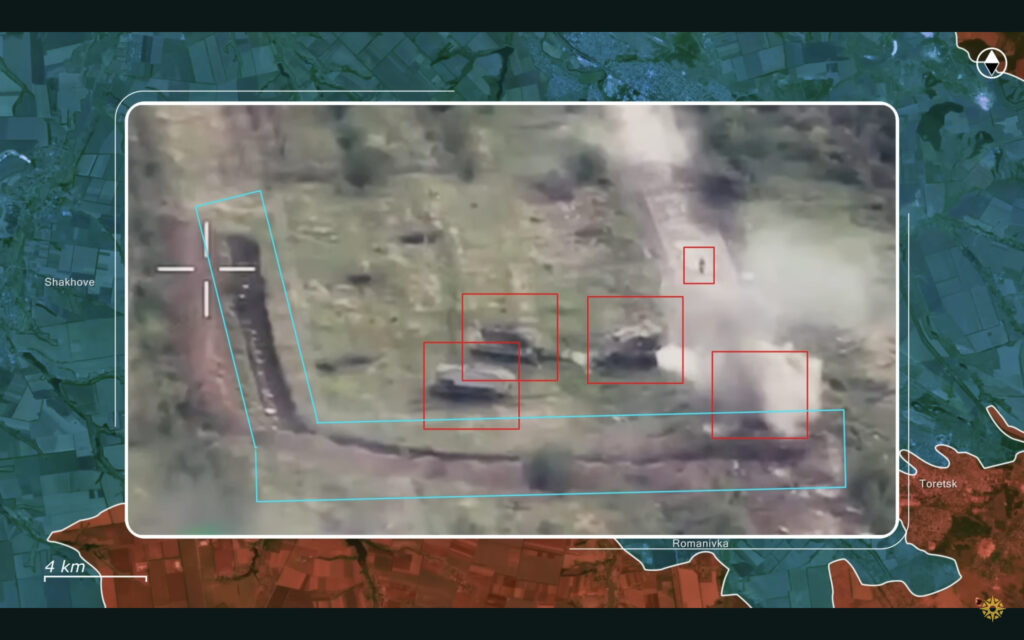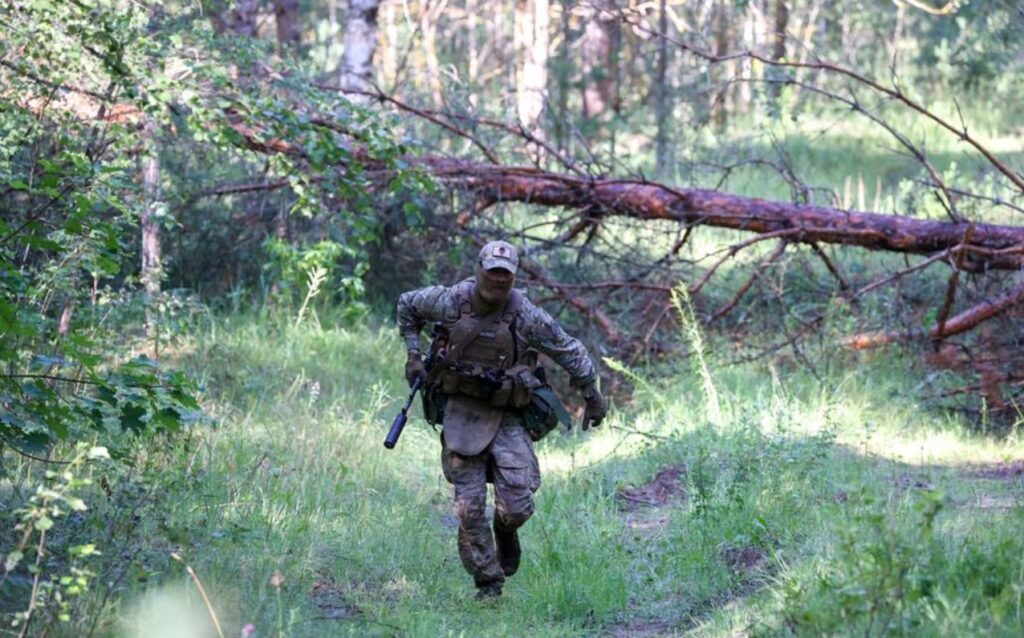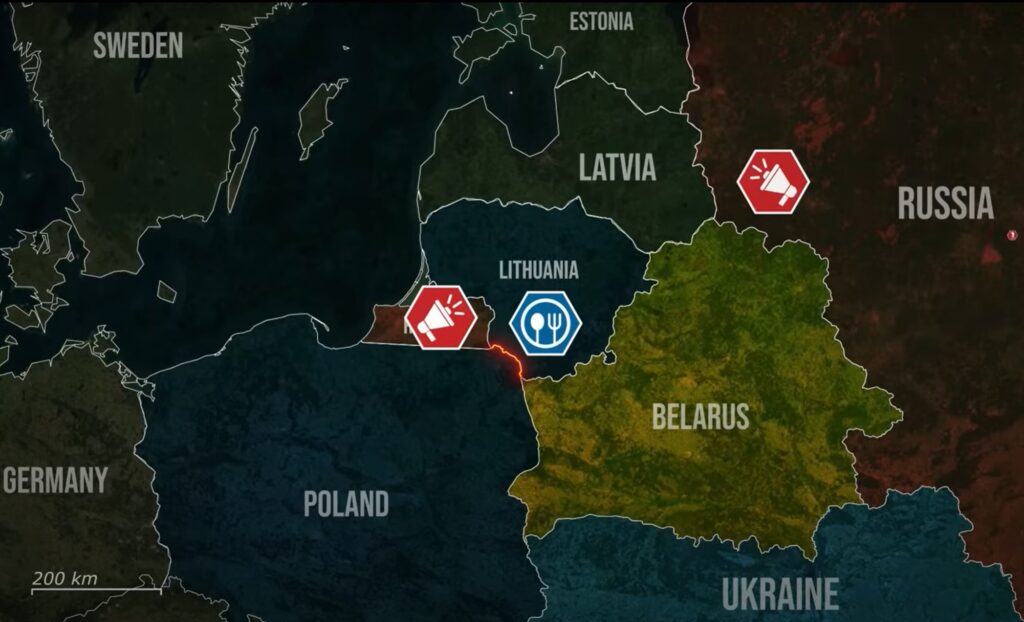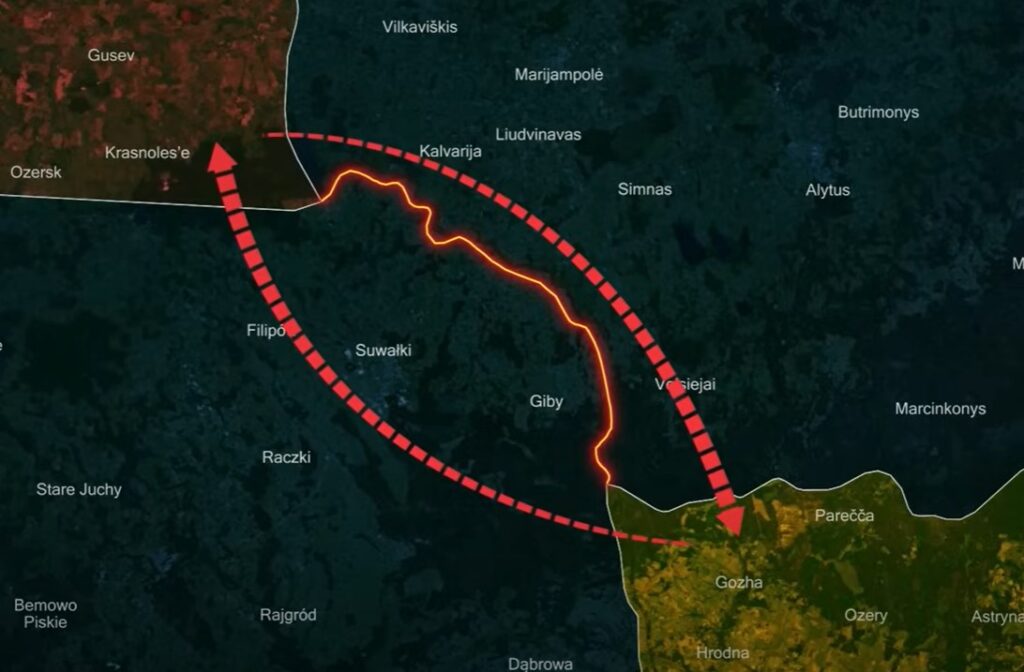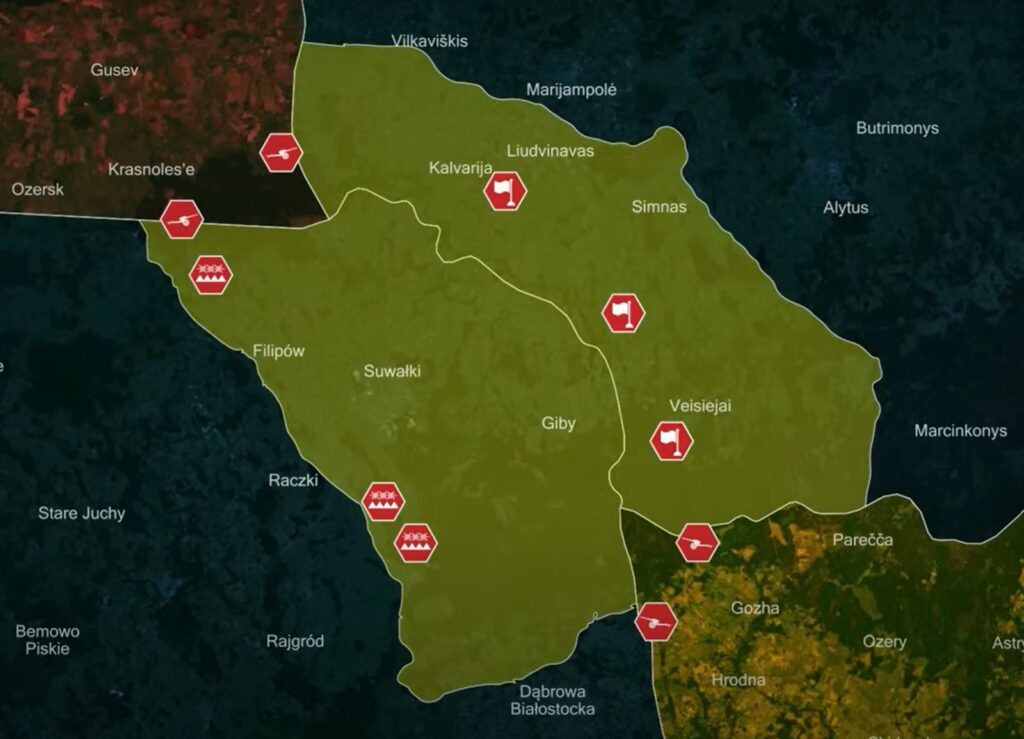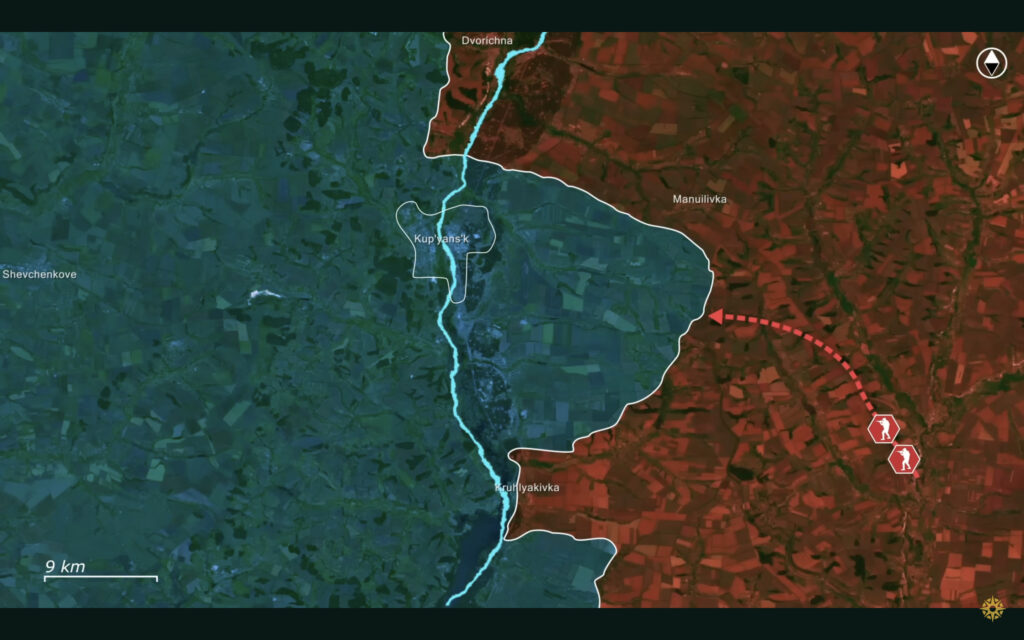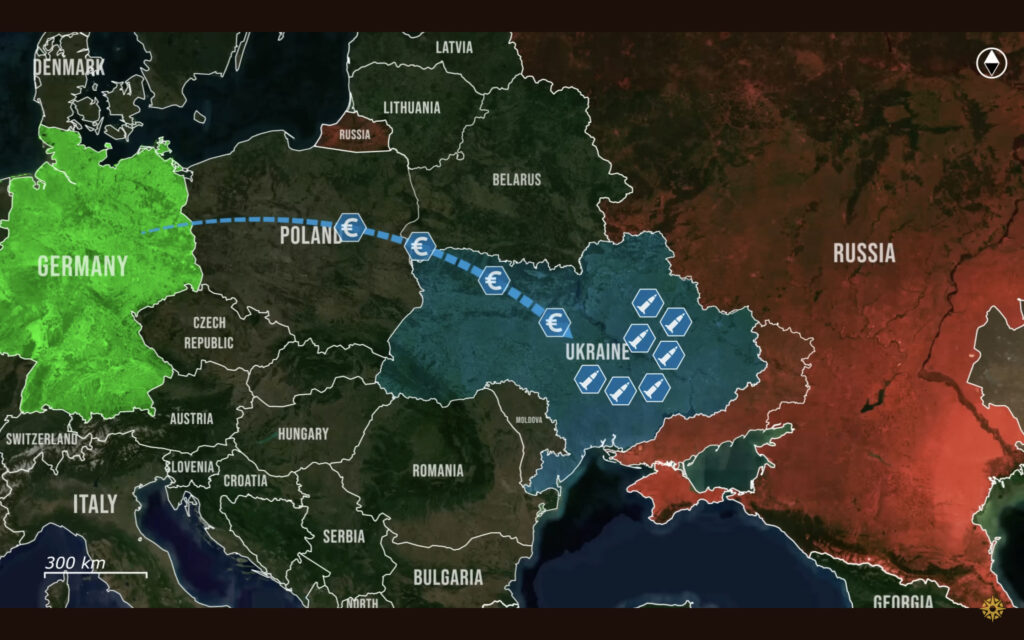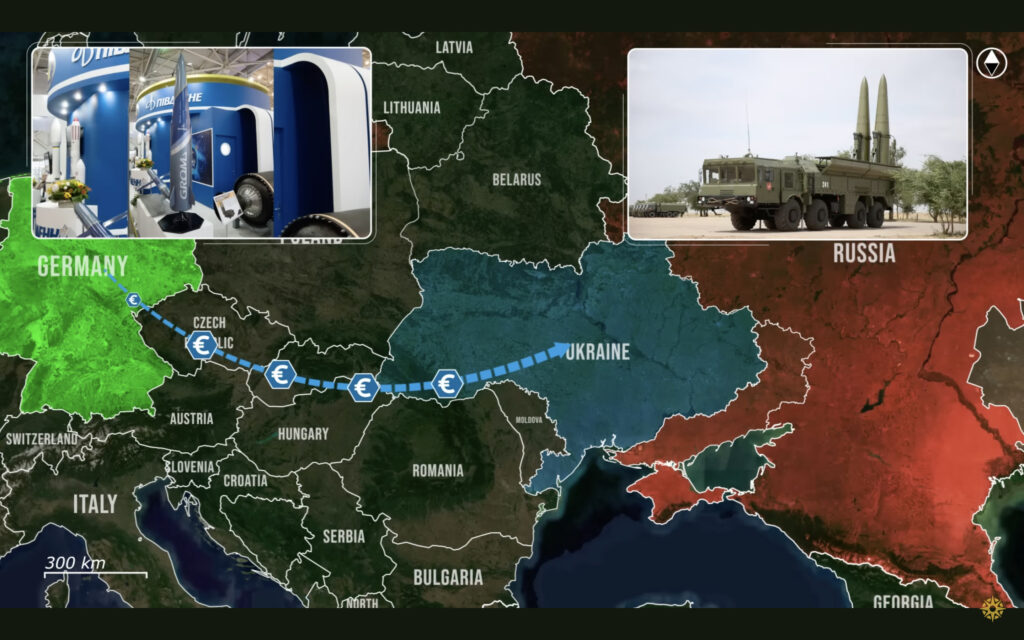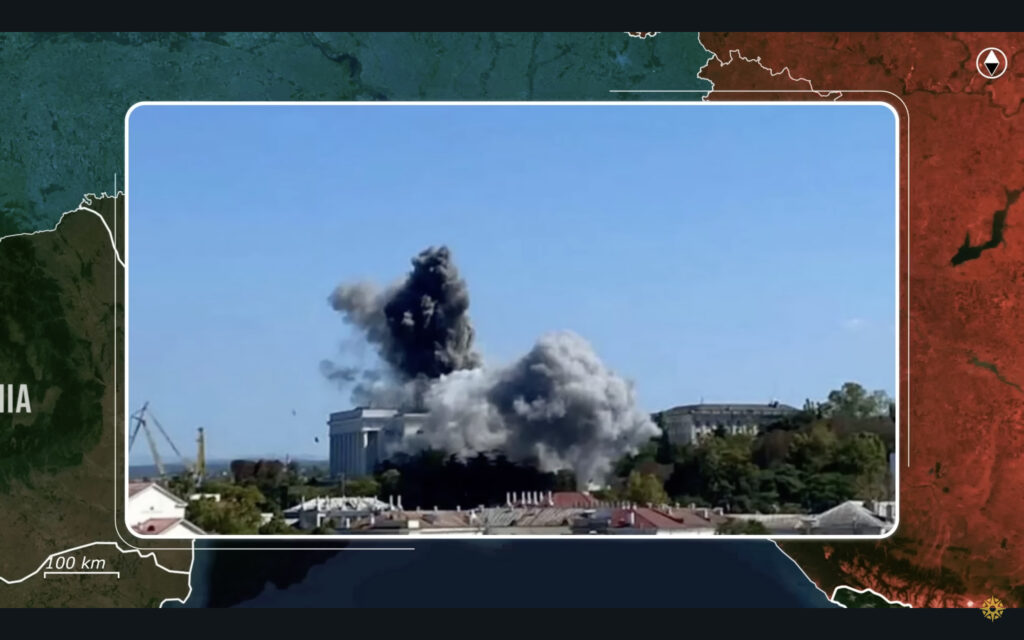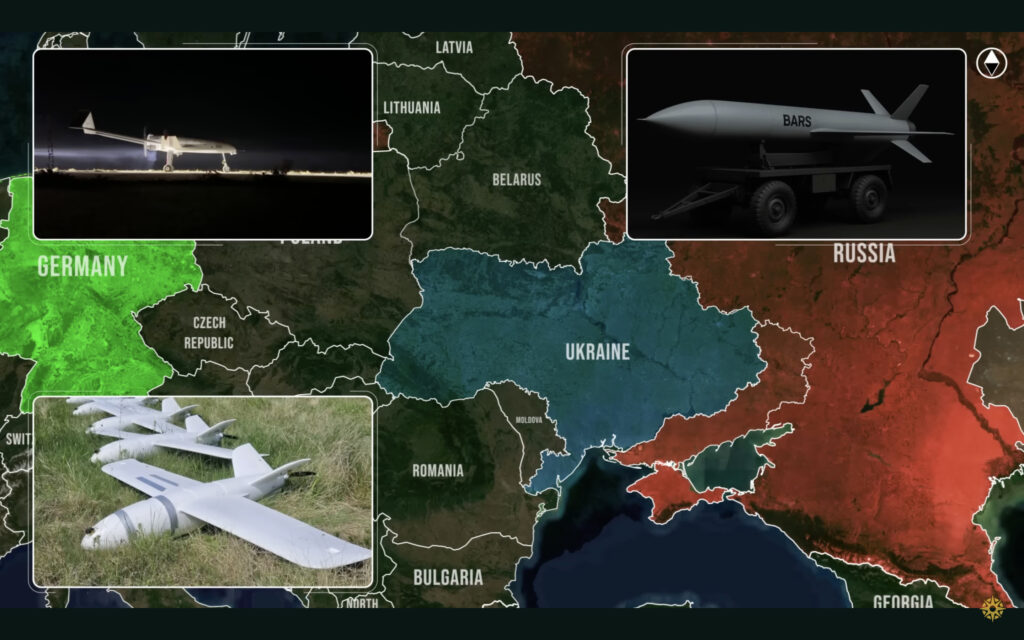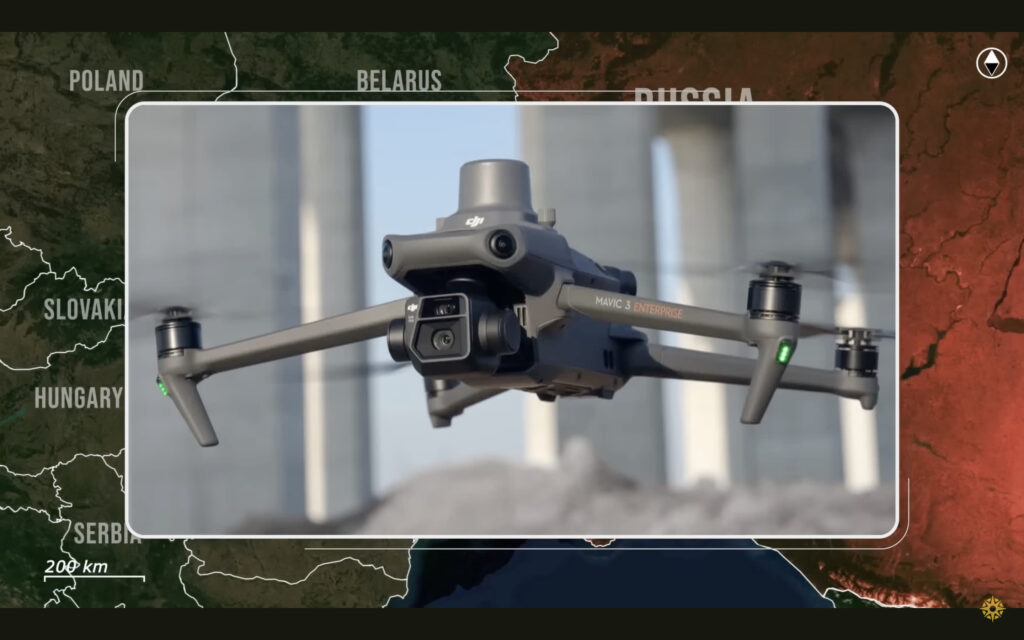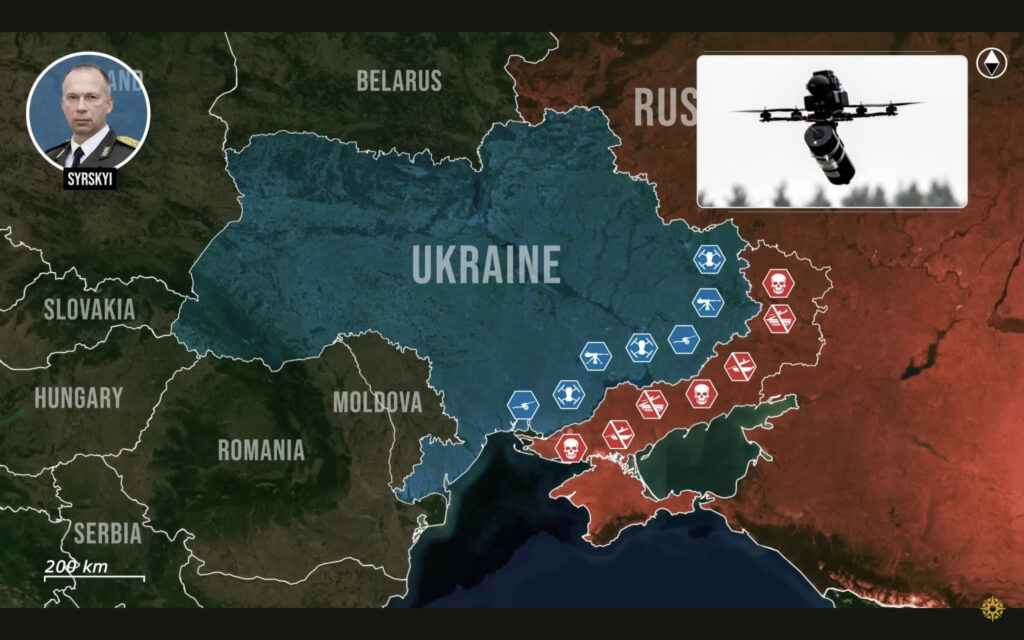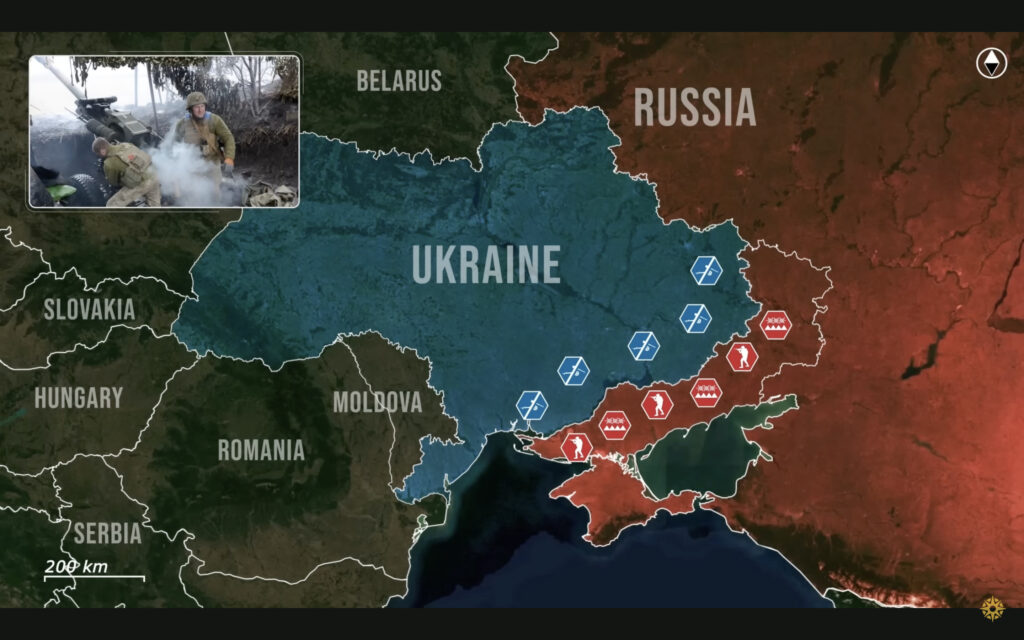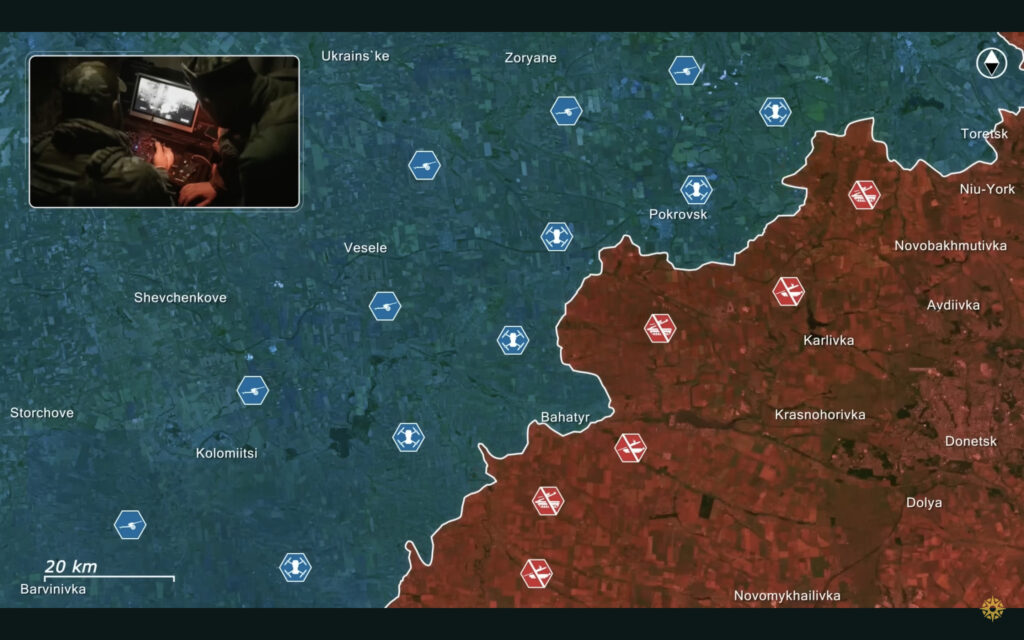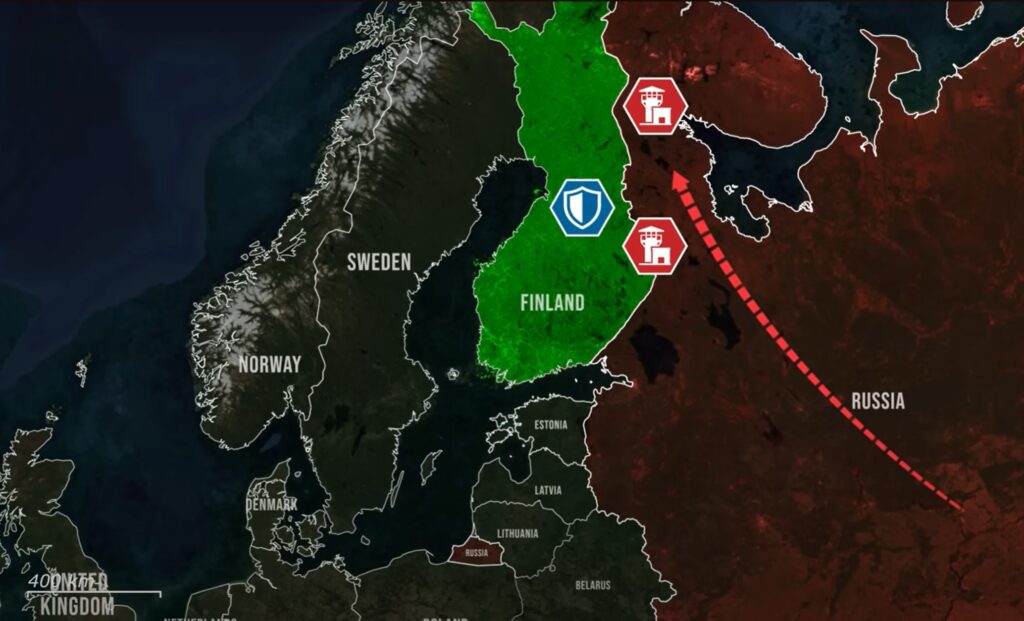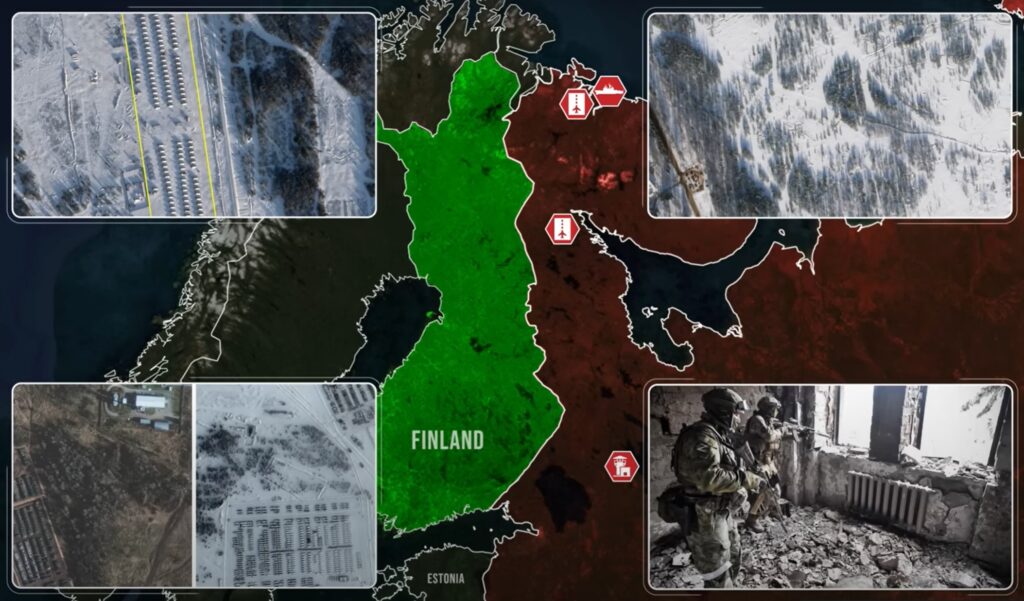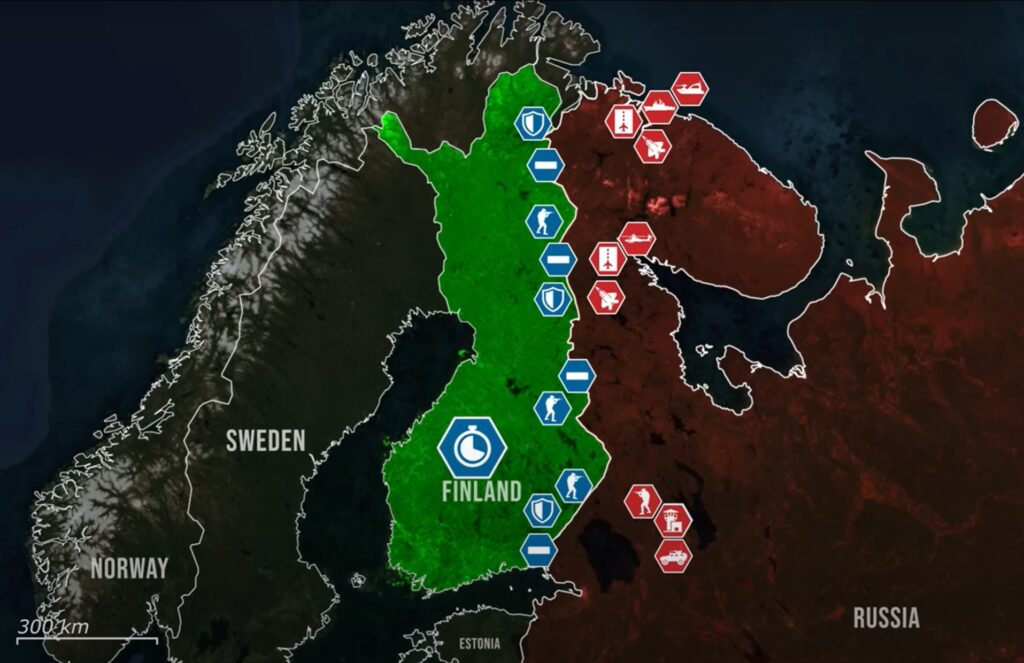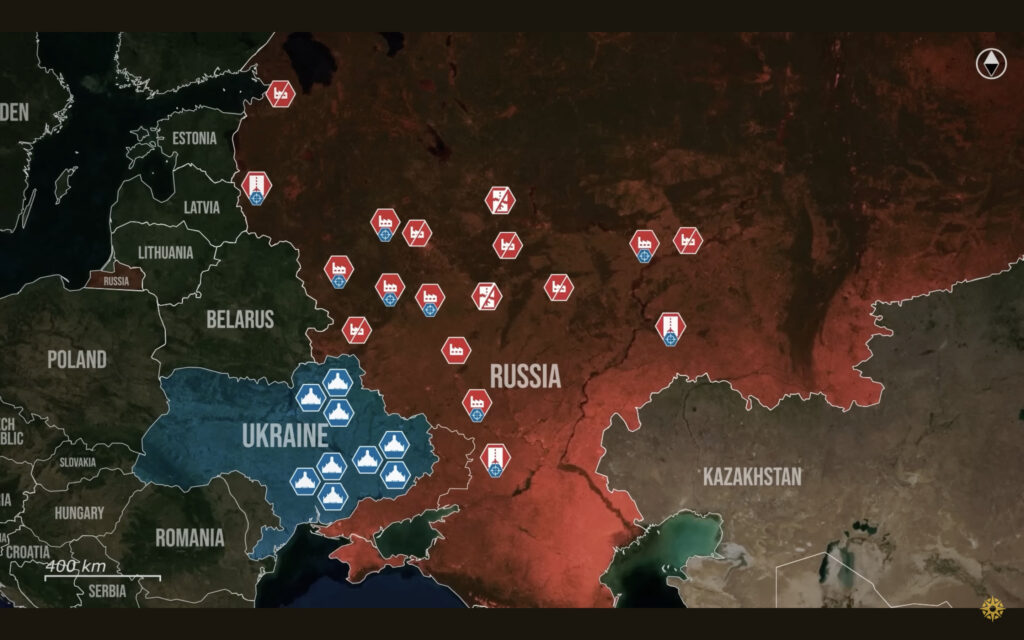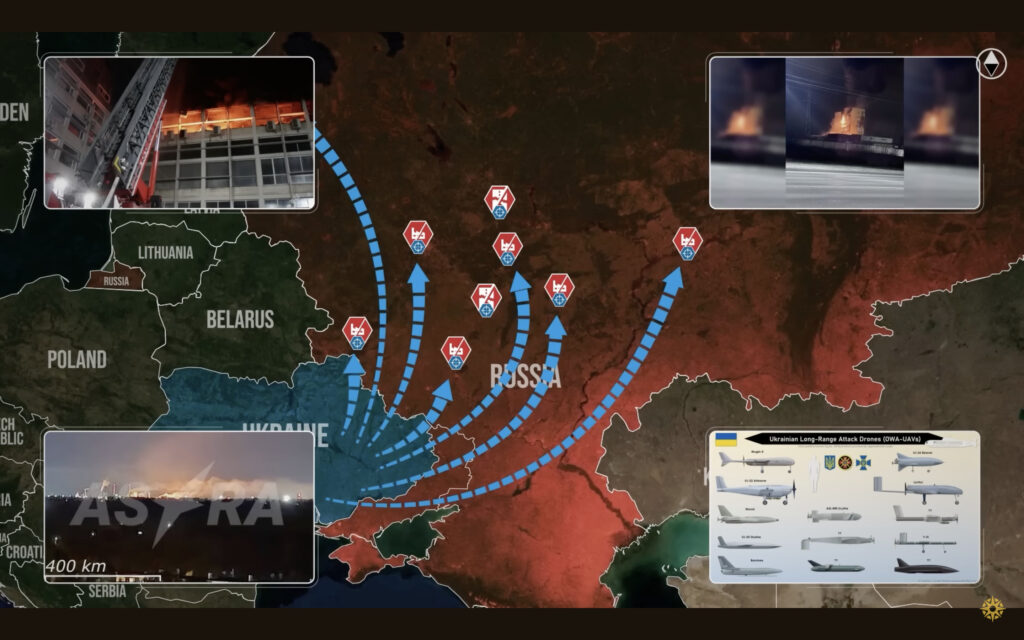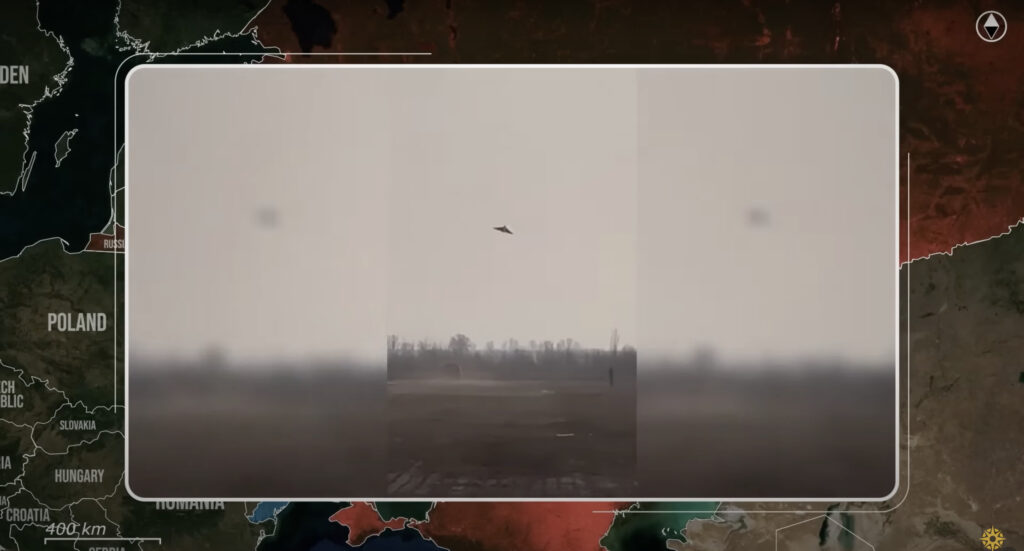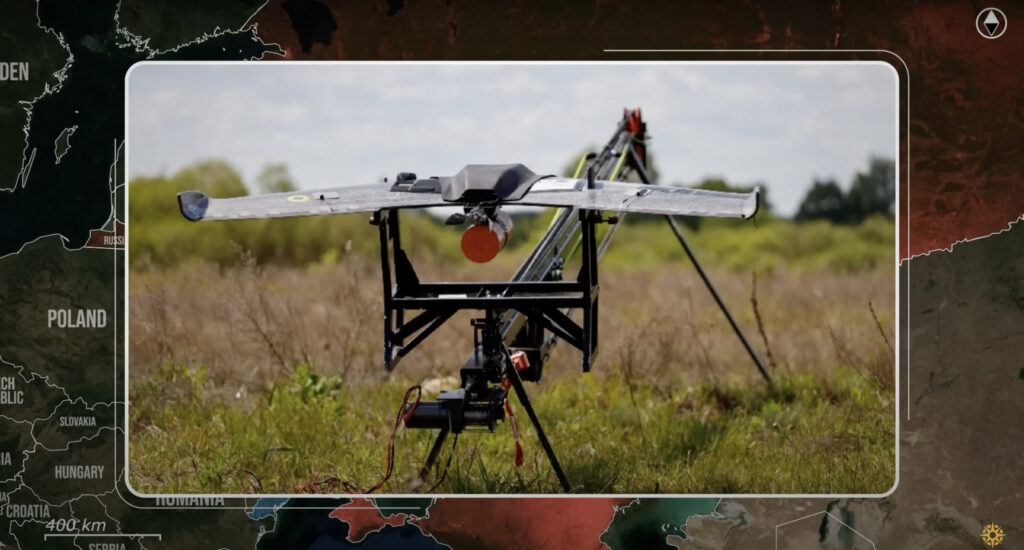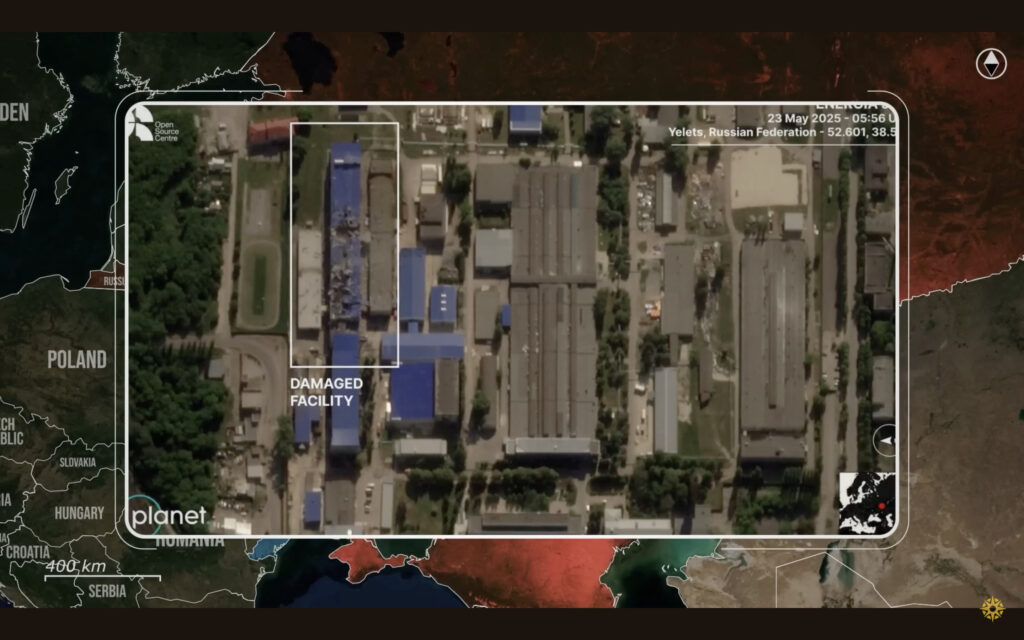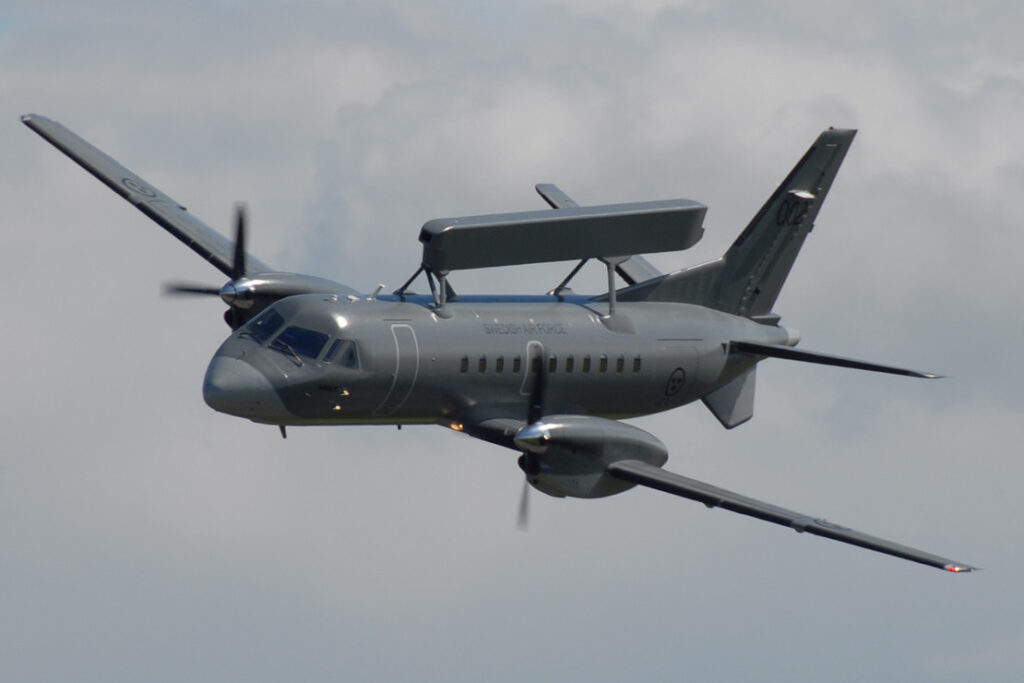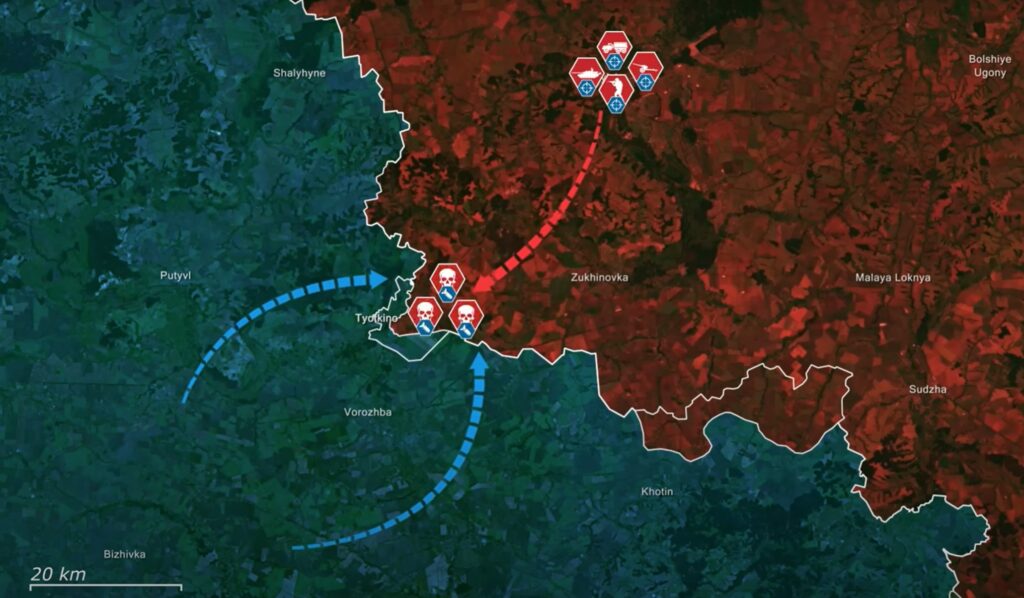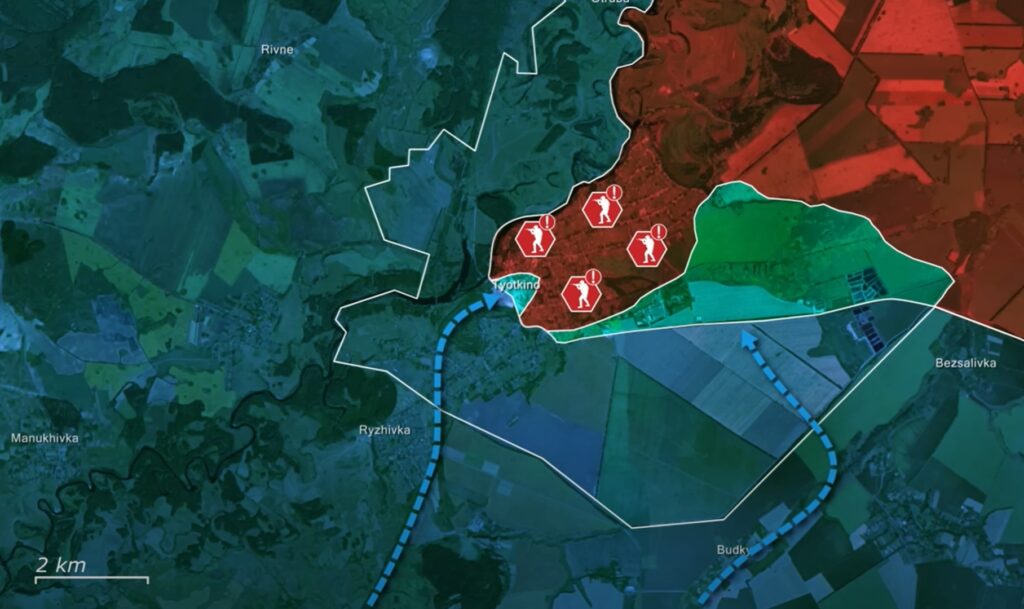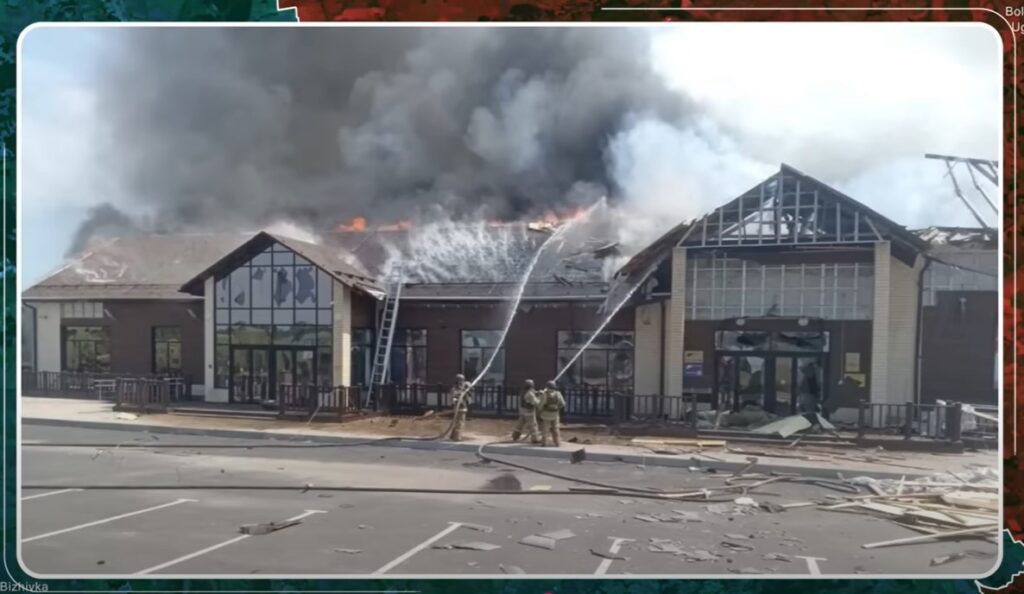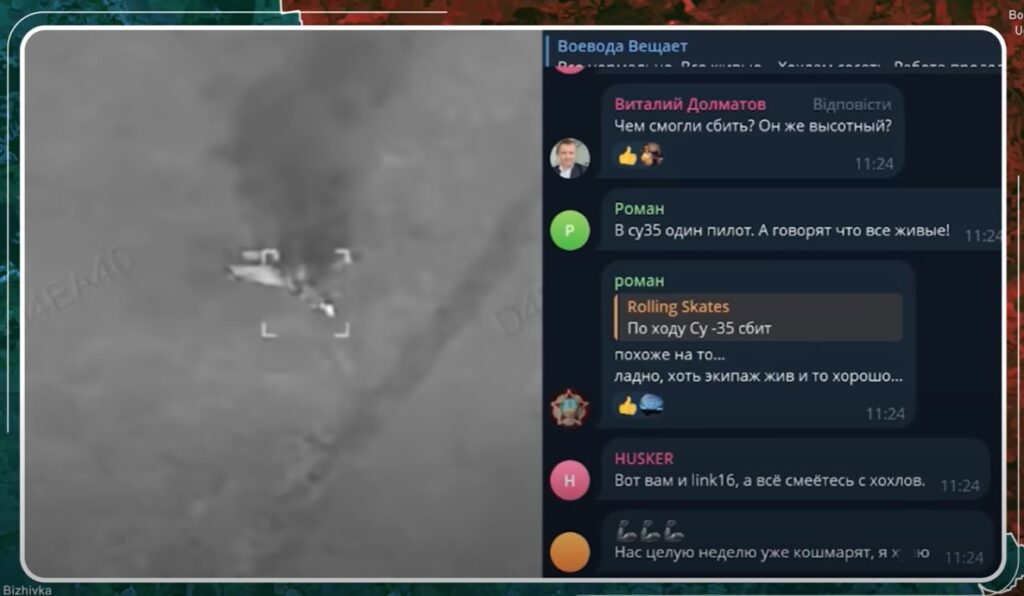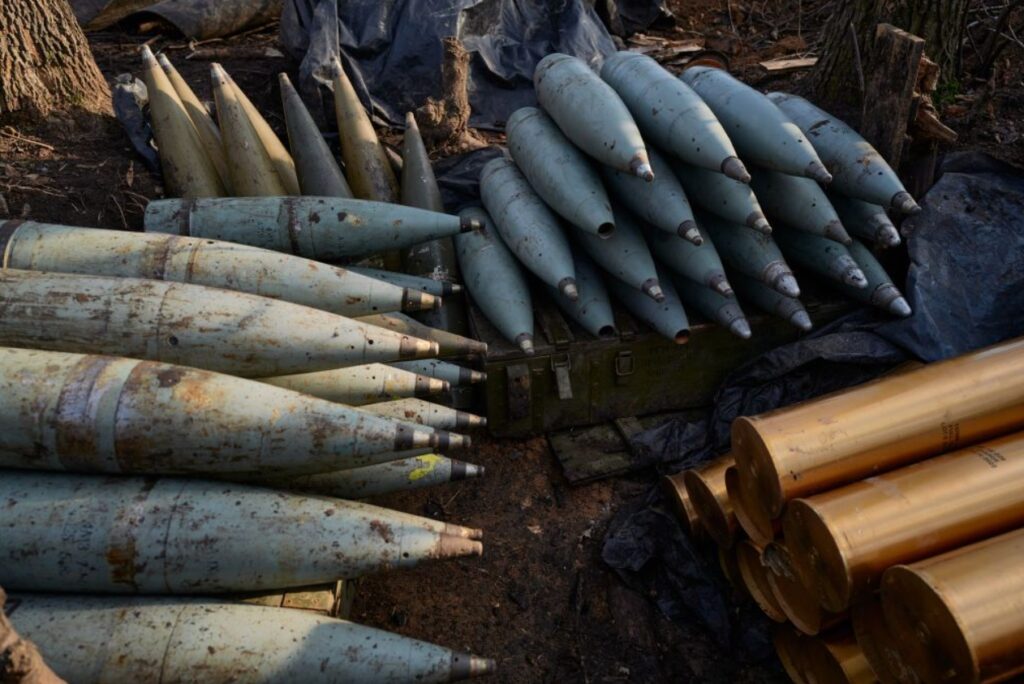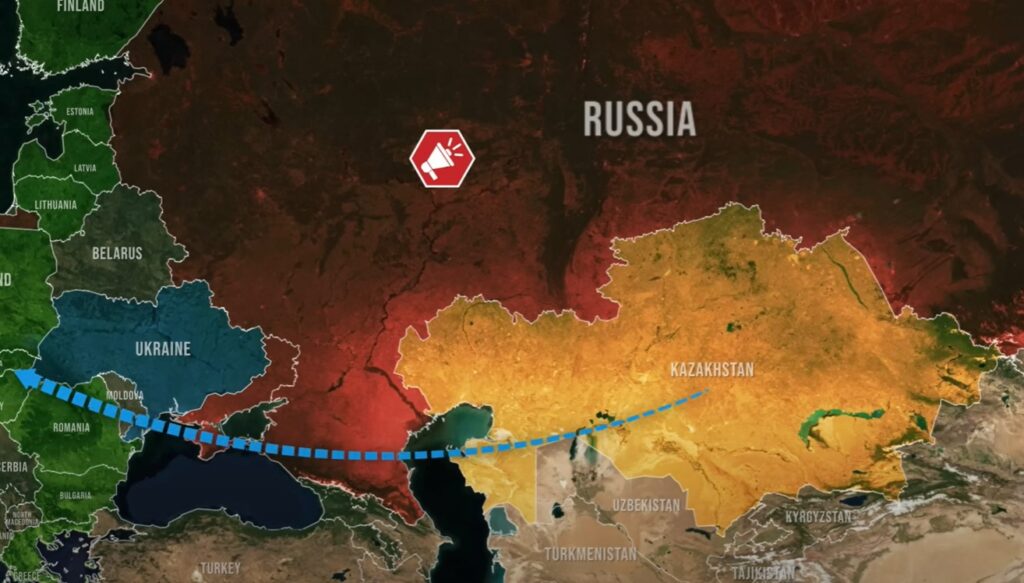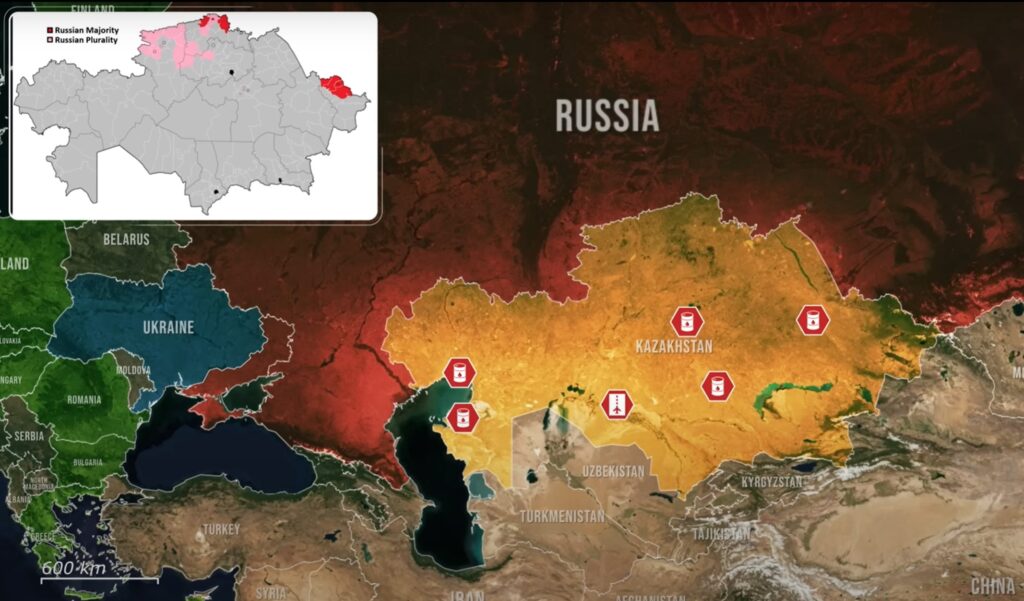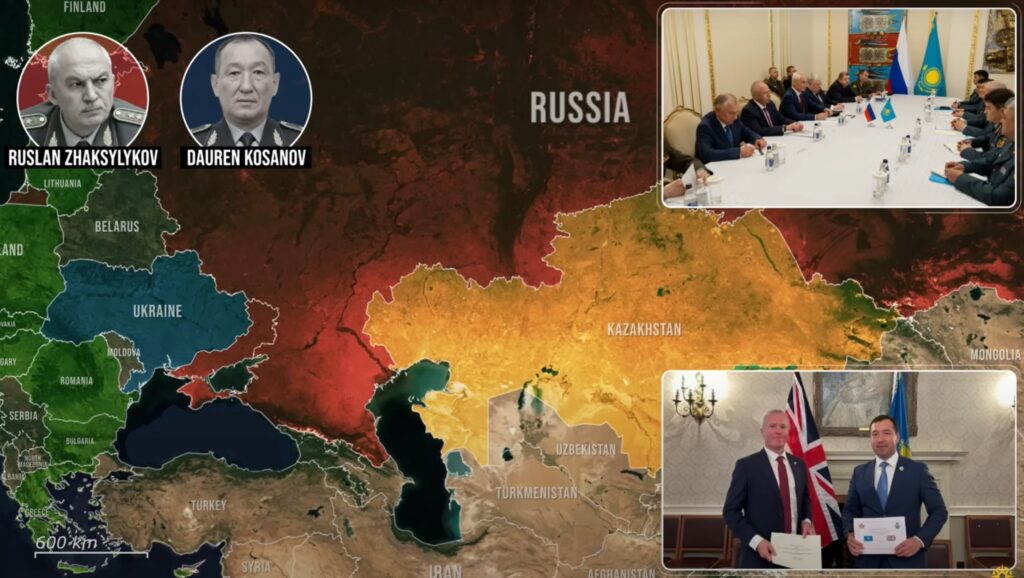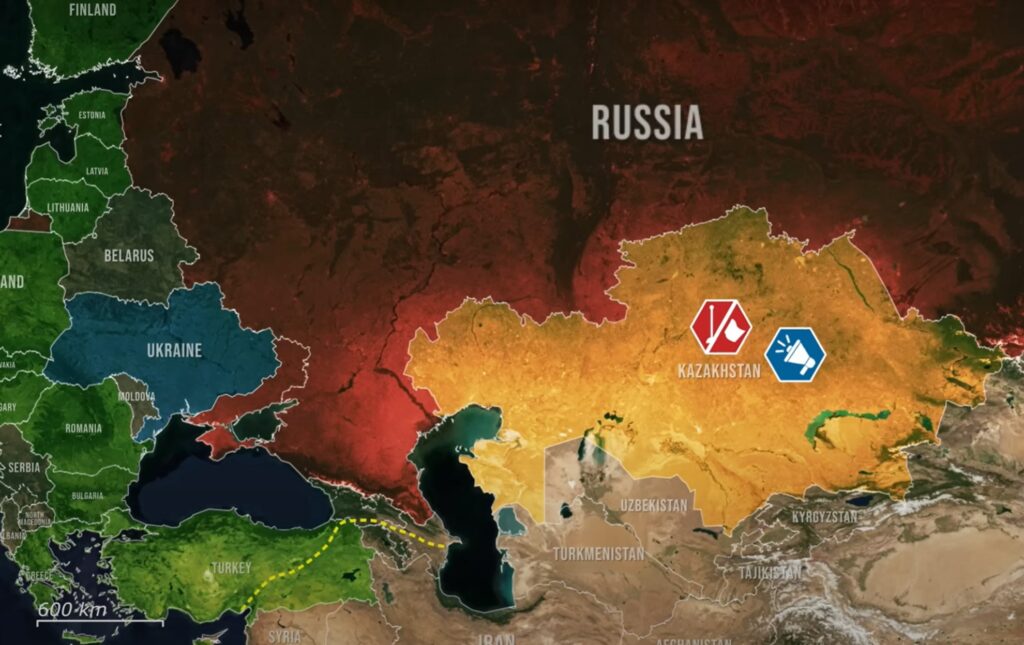Frontline report: Russia built a drone empire—Ukraine is unbuilding It

Today, there are important updates from the Russian Federation. As the intensity of Russian drone attacks reaches levels never seen before, Ukraine has taken drastic measures to counter the threat. Repeatedly targeting Russian drone production facilities helps ensure that Ukrainian air defense systems can better manage the relentless enemy drone swarms.
In recent weeks, Ukraine has faced a dramatic increase in Russian drone strikes. Russian forces have adopted a new strategy: launching around 100 Shahed drones per night for one or two nights, while producing even more daily — allowing them to build up reserves. Once stockpiles are sufficient, they unleash massive waves of over 500 drones in a single night, combining Shaheds with decoy Gerber drones.
This tactic is designed to overwhelm air defenses, targeting multiple cities or inflicting heavy damage on a single strategic location. These drone assaults are often followed by ballistic missile strikes, exploiting depleted air defense resources.
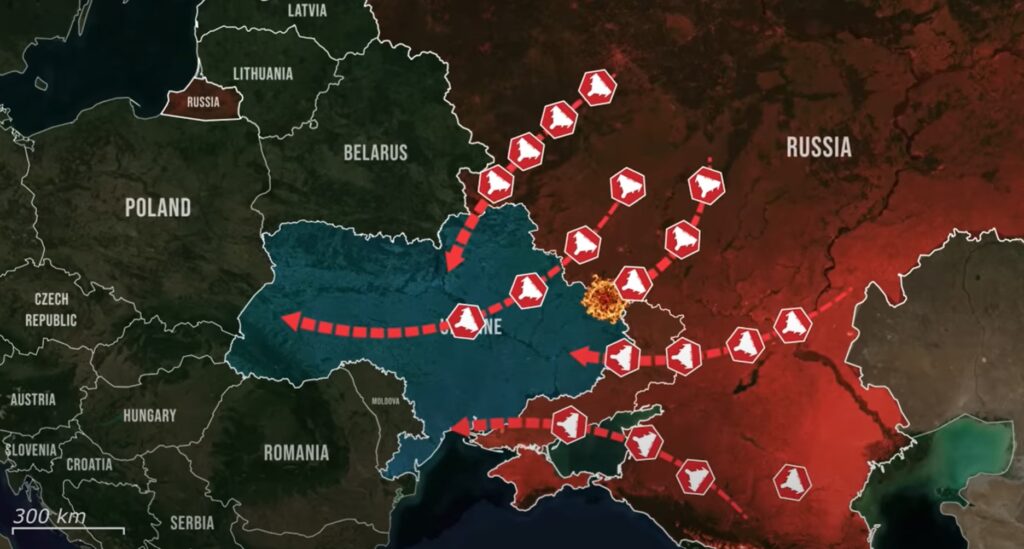
Russia expands drone production with massive new facilities
This dangerous shift is fueled by Russia’s rapid expansion of domestic drone manufacturing. The country is now reportedly producing over 5,000 drones per month.
The largest facility is in Yelabuga, Tatarstan, which recently added a new production wing to increase output further. Strategically located near key logistics routes, the site is well within range of Ukrainian long-range assets and has been struck multiple times already.
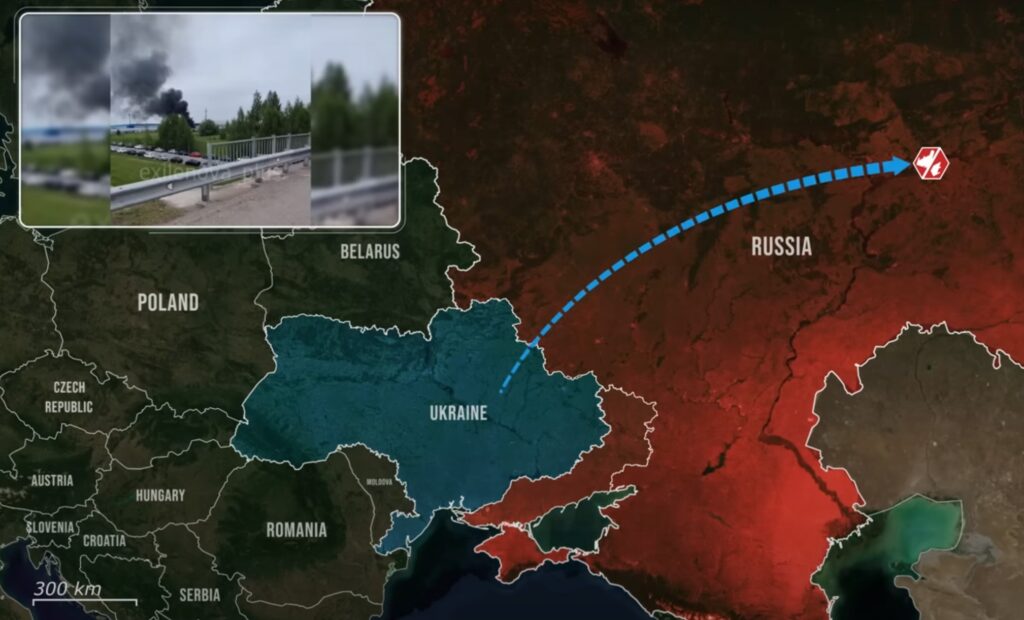
Ukraine strikes Yelabuga factory, forces airport closures
To combat this threat, Ukrainian forces launched long-range strikes targeting Russian drone production infrastructure. A major attack hit the Shahed manufacturing plant in Yelabuga, igniting large fires and forcing the temporary shutdown of airports in Kazan and Nizhnekamsk due to the proximity of active threats.
The Ukrainian General Staff confirmed the strike caused severe disruption to drone output at this key facility. In a coordinated operation, Ukraine also hit the Progress plant in Cheboksary, which produces Kometa antennas — critical components that protect Russian drones from electronic warfare. This significantly weakened Russian drone resilience against Ukrainian countermeasures.
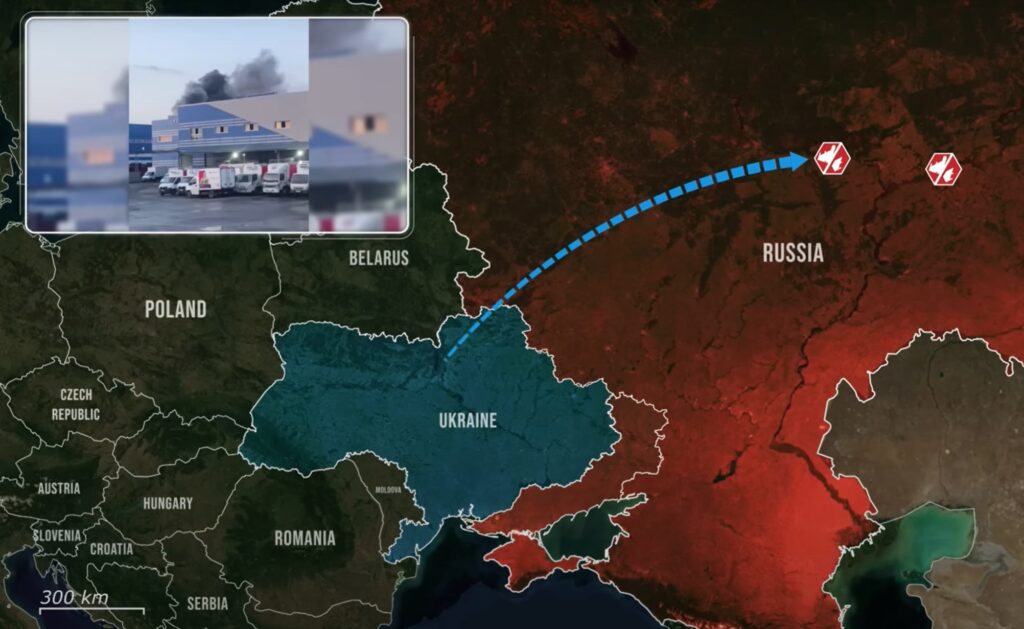
Repeat attacks cripple Russia’s electronic warfare capabilities
Following temporary repairs in Cheboksary, Ukraine launched a second strike, once again triggering large fires and further degrading the plant’s production capacity.
In a separate operation, Ukrainian drones struck the Research Institute of Applied Chemistry in Sergiev Posad, Moscow Oblast, which manufactures thermobaric warheads for Shahed drones. Disrupting this facility directly reduces the lethality of Russian drone attacks.
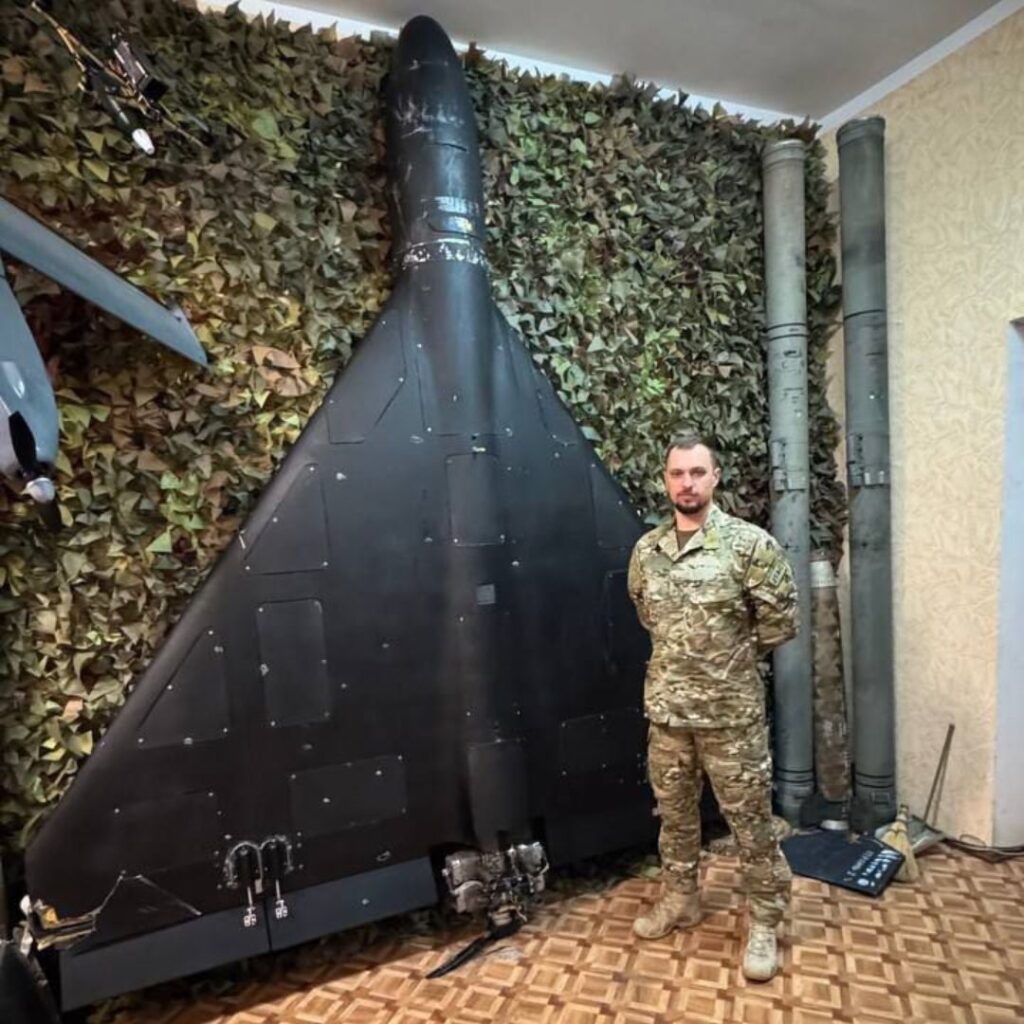
Precision strikes hit Russian missile and drone systems
Ukraine also successfully targeted the Kupol Electromechanical Plant in Izhevsk, part of the Almaz-Antey defense conglomerate. This site produces Shahed drone components and elements of Tor air defense systems. Satellite imagery confirmed major fires and damage to four key workshops, significantly hindering drone and missile production.
Another high-impact strike hit the Rezonit Technopark in Zubovo, Moscow Oblast, a major electronics assembly plant. This disruption affects critical microelectronics essential for drone guidance and control, intensifying production delays and bottlenecks.

Ukraine dismantles Russia’s drone command systems
Ukrainian drones also struck the Progress advanced control systems plant in Michurinsk, which builds guidance systems for missiles, aircraft, and drones. The damage here further destabilizes Russia’s drone production chain and precision weapon development.
Russia upgrades drone arsenal with deadlier payloads
While Ukraine targets production, Russia is upgrading its drones for greater devastation. New Shaheds now carry expanded payloads, including thermobaric and cluster munitions, and are equipped with delayed-fuse explosives designed to injure emergency responders.
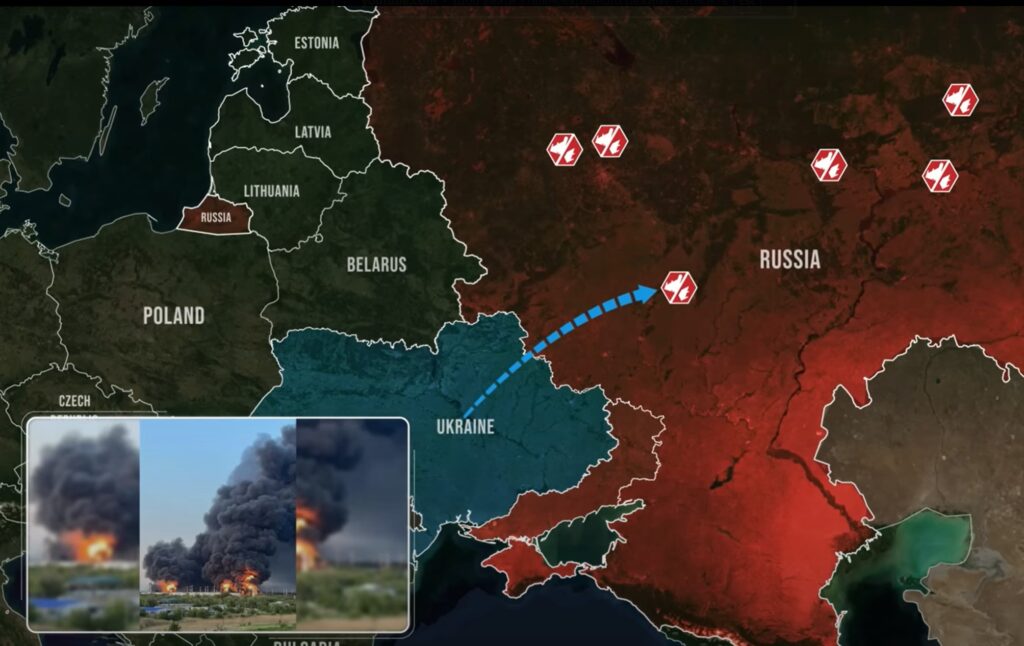
Ukraine’s strikes protect civilians and Infrastructure
By preemptively targeting drone facilities, Ukraine is directly preventing hundreds of potential civilian casualties. These precision strikes are not only strategic but also humanitarian in nature.
As Russia escalates its drone campaign, Ukraine urgently needs continued international support — particularly in air defense systems and real-time intelligence sharing — to protect critical infrastructure and population centers.
Ukraine’s systematic campaign against drone manufacturing is proving effective. By striking every phase of production — from control systems to warheads — Ukraine is reducing the volume, accuracy, and lethality of incoming drone swarms. This allows air defenses to respond more efficiently, preserving both lives and infrastructure.
In our regular frontline report, we pair up with the military blogger Reporting from Ukraine to keep you informed about what is happening on the battlefield in the Russo-Ukrainian war.



